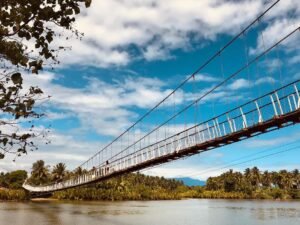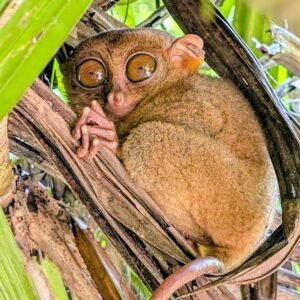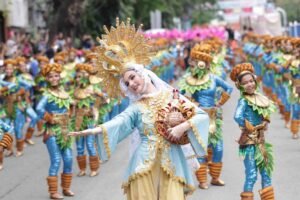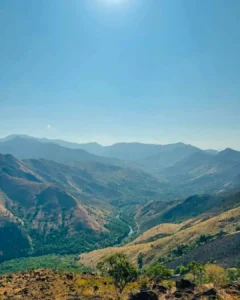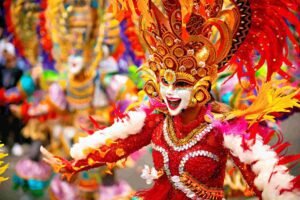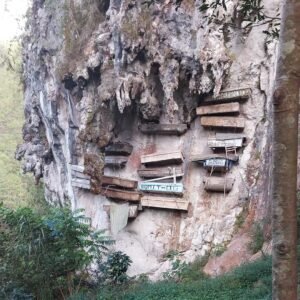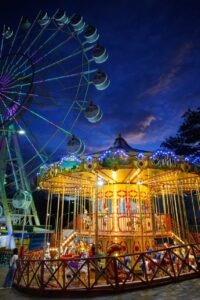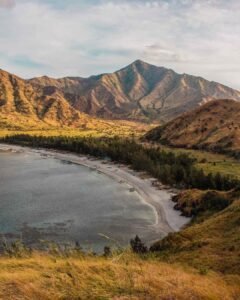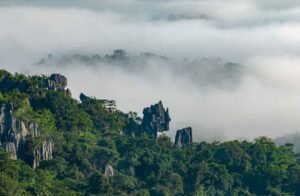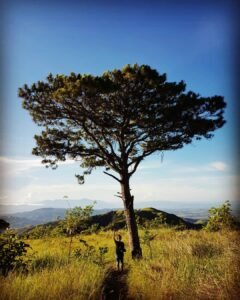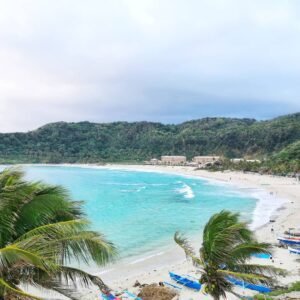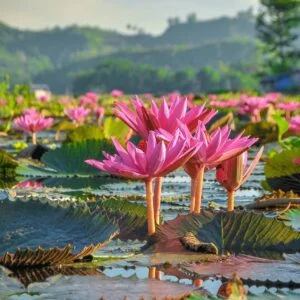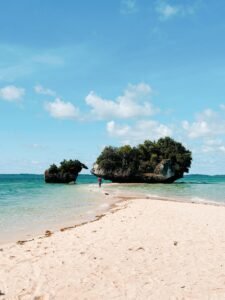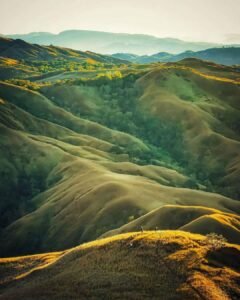Best Tourist Spot in Luzon
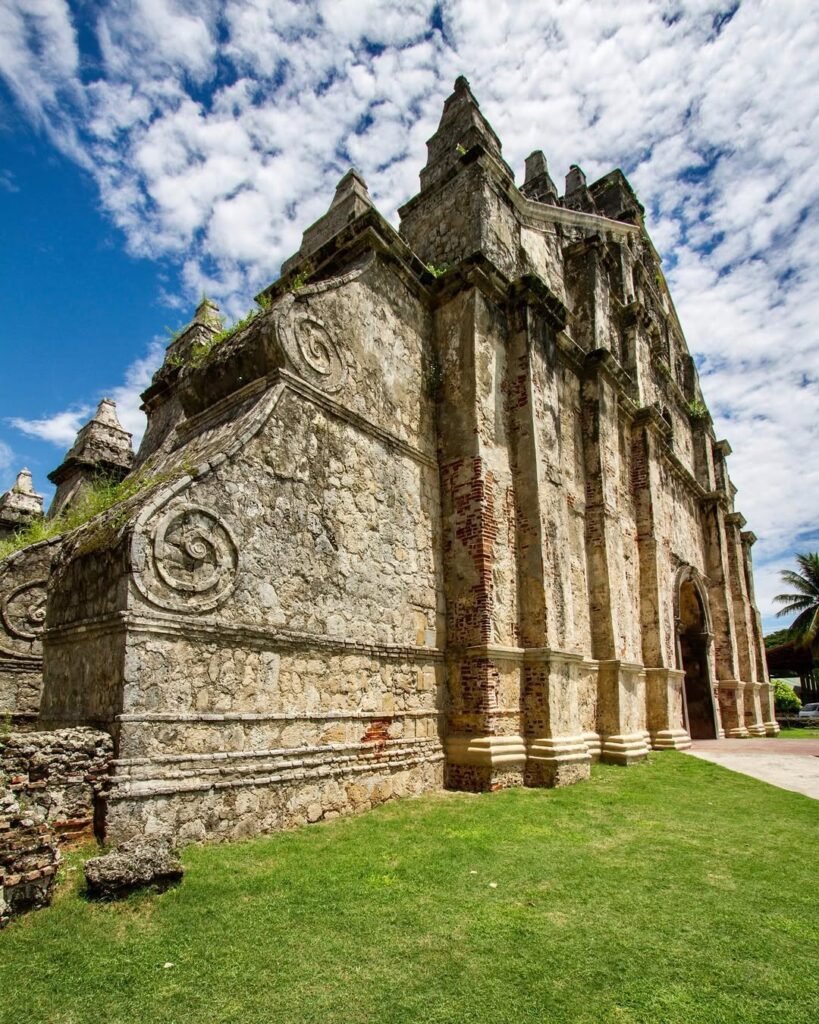
Introduction to Luzon
What and Where Is Luzon?
Luzon—the largest and most populous island in the Philippine archipelago—anchors the nation’s political, economic, and cultural life. Located in the country’s northern corridor, it stretches from the rugged Batanes islets near Taiwan to the volcanic plains that taper toward the Visayas. On a typical Luzon map, major hubs like Manila, Baguio, and Legazpi appear as bright nodes linked by a web of highways and maritime routes, underscoring how central the island is to domestic travel.
Why Luzon Is a Must-Visit in the Philippines
For visitors planning a tourist destination in Luzon, variety is the island’s greatest lure. Weekend trippers can surf Pacific swells in La Union by dawn and sip highland coffee in Sagada by dusk. History enthusiasts trace the cobblestone streets of Vigan, while food lovers feast on Kapampangan sisig in Central Luzon and Bicol’s fiery laing in the south. With such geographic breadth and seamless transport links, Luzon turns multi-day itineraries into richly layered travel stories.
A Tapestry of Geography and Culture
Luzon’s terrain is a study in contrasts: emerald rice terraces cling to the Cordillera cliffs; dormant volcanoes ring freshwater lakes; limestone coves shelter fine-sand beaches; and fertile plains yield mangoes, pineapples, and the country’s famed heirloom rice.
This landscape has nurtured distinct cultures—from the mountain rituals of the Ifugao to the maritime traditions of the Tagalog lowlands and the fiery festivals of the Bicolanos. Each region adds a unique thread to Luzon’s multicultural fabric, ensuring that every famous tourist spot in Luzon—whether natural wonder or heritage enclave—offers travelers both a scenic vista and a living story. In short, Luzon is not merely an island; it is a grand stage where nature, history, and modernity perform together daily, inviting the curious to watch—and to join in.

Luzon Regions and Their Provinces
Luzon is geographically and culturally diverse, which is why it’s commonly divided into three major regions: Northern Luzon, Central Luzon, and Southern Luzon. Each region offers its own mix of iconic landmarks, traditions, and natural beauty—making them essential stops for anyone exploring this dynamic island. Understanding Luzon’s regional layout helps travelers plan smarter, thematic trips around their interests, whether it’s food, heritage, or adventure.
A. Northern Luzon
Northern Luzon is a mountainous and coastal region rich in indigenous culture, historic towns, and natural wonders. Often sought after by adventure seekers and cultural travelers, it offers some of the most scenic landscapes in the Philippines.
North Luzon Provinces List:
Ilocos Norte – Known for Paoay Church, Kapurpurawan Rock Formation, and wind farms
Ilocos Sur – Home to the UNESCO-listed Vigan Heritage Village
La Union – A top surfing destination on the west coast
Benguet – The gateway to the Cordilleras, where you’ll find strawberries and cold-climate flowers
Ifugao – Famous for the 2,000-year-old Banaue Rice Terraces
Mountain Province – Where Sagada’s hanging coffins and echoing caves await
Kalinga & Apayao – Remote and culturally rich, perfect for immersive travel
Popular North Luzon Tourist Spots:
Banaue Rice Terraces
Vigan City
Sagada’s Echo Valley
Pagudpud’s Saud Beach
Mount Pulag National Park
Northern Luzon embodies the Philippines’ ancient heart, where nature and tradition are tightly interwoven. It’s perfect for those looking to go beyond the typical beach destinations.
B. Central Luzon
Central Luzon, known as the “Rice Bowl of the Philippines,” is a flat, fertile region brimming with historical landmarks, family-friendly attractions, and coastal escapes. It’s also one of the most accessible regions from Metro Manila.
Central Luzon Provinces List:
Pampanga – A culinary capital and site of the Giant Lantern Festival
Tarlac – Rich in military history and pilgrimage sites
Zambales – Offers beach resorts, island hopping, and Mt. Pinatubo
Bataan – A historic province with WWII landmarks and eco-tourism sites
Nueva Ecija – An agricultural province with river parks and rolling landscapes
Bulacan – Known for heritage churches and festive town traditions
Aurora – Remote but scenic, especially the surf town of Baler
Key Attractions in Central Luzon:
Subic Bay Freeport Zone
Mt. Pinatubo Crater Lake
Nayong Pilipino (Clark)
Baler’s Sabang Beach
Las Casas Filipinas de Acuzar in Bataan
Central Luzon is perfect for day trips, educational tours, and nature-culture combos. It’s a region where urban comforts meet rural charm.
C. Southern Luzon
Southern Luzon is an exciting blend of volcanoes, lakes, beach towns, and spiritual landmarks. The region includes both the Calabarzon and Bicol areas, each with its own flavor of adventure and relaxation.
South Luzon Provinces List:
Batangas – Famous for diving spots, ancestral houses, and Taal Volcano
Laguna – Known for hot springs, waterfalls, and heritage sites
Quezon – A cultural hub with festivals like Pahiyas and scenic coastal towns
Cavite – Rich in revolutionary history and close to Manila
Rizal – A gateway to art galleries, hiking trails, and mountain resorts
Bicol Region (Albay, Camarines Norte/Sur, Sorsogon) – Famous for Mayon Volcano, Caramoan Islands, and whale shark interactions
Top Southern Luzon Tourist Spots:
Taal Volcano and Lake
Pagsanjan Falls (Laguna)
Mayon Volcano (Albay)
Caramoan Islands (Camarines Sur)
Mt. Isarog and Bulusan Lake (Bicol)
Donsol’s Whale Sharks (Sorsogon)
Southern Luzon is ideal for those seeking a mix of nature and leisure—volcano treks in the morning, island hopping by noon, and hot spring baths by evening.
By understanding how Luzon is divided into these three regional blocks—Northern, Central, and Southern Luzon—travelers can better map out multi-stop adventures across the best tourist spots in Luzon, tapping into each area’s unique appeal.
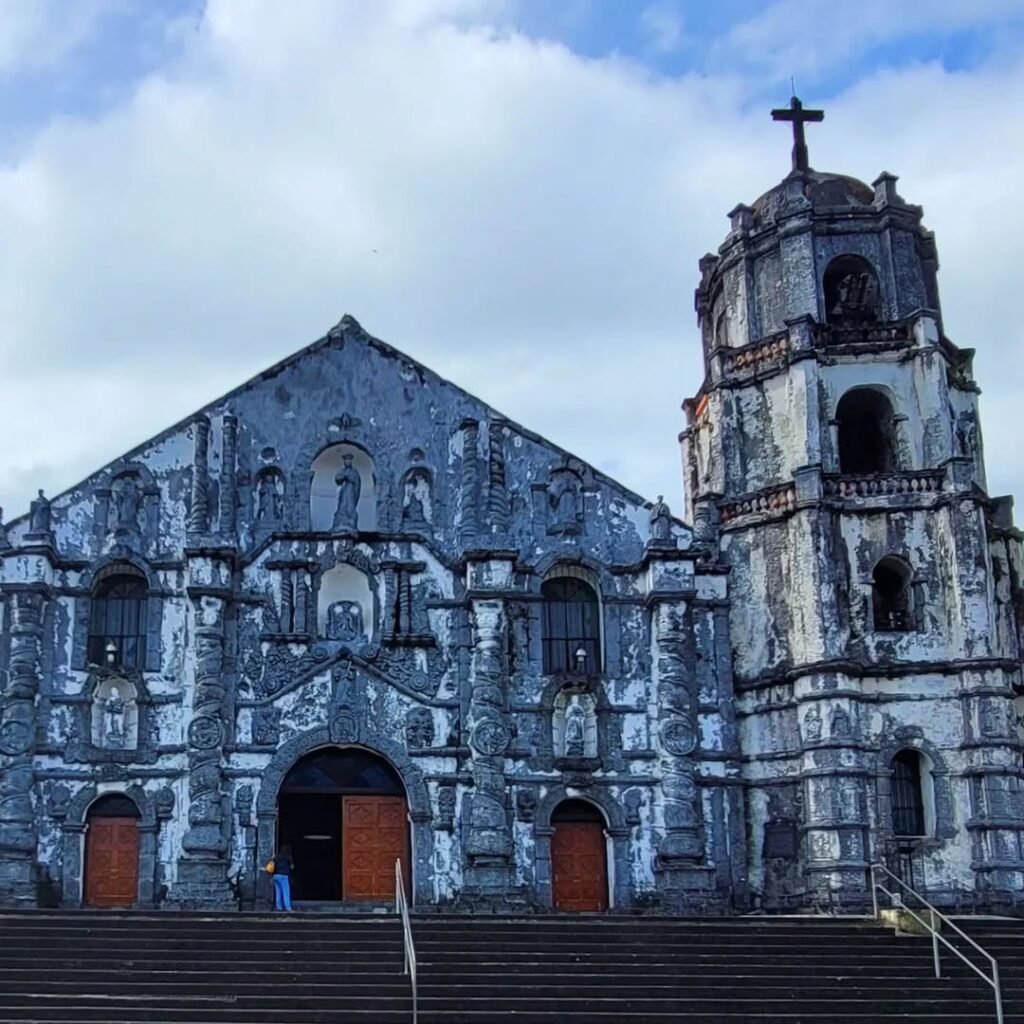
Top 10 Tourist Spots in Luzon (Overall Highlights)
Luzon offers a captivating collection of must-visit attractions that blend natural beauty, rich history, and cultural heritage. Whether you’re a first-time visitor or a seasoned traveler, these top tourist spots in Luzon deliver unforgettable experiences. This list of the top 10 tourist spots in Luzon combines world-famous destinations and iconic landmarks that highlight the region’s diverse appeal—from majestic mountains to historic towns and island getaways.
Below are the best tourist spots in Luzon that continue to attract travelers from around the world.
1. Banaue Rice Terraces – Ifugao
Carved over 2,000 years ago by the Ifugao ancestors, the Banaue Rice Terraces are often dubbed the “Eighth Wonder of the World.” These ancient steps are not just a farming marvel—they represent indigenous engineering and spiritual harmony with nature. Located in Northern Luzon, they are a popular tourist spot in Luzon especially for those seeking cultural immersion and mountain treks.
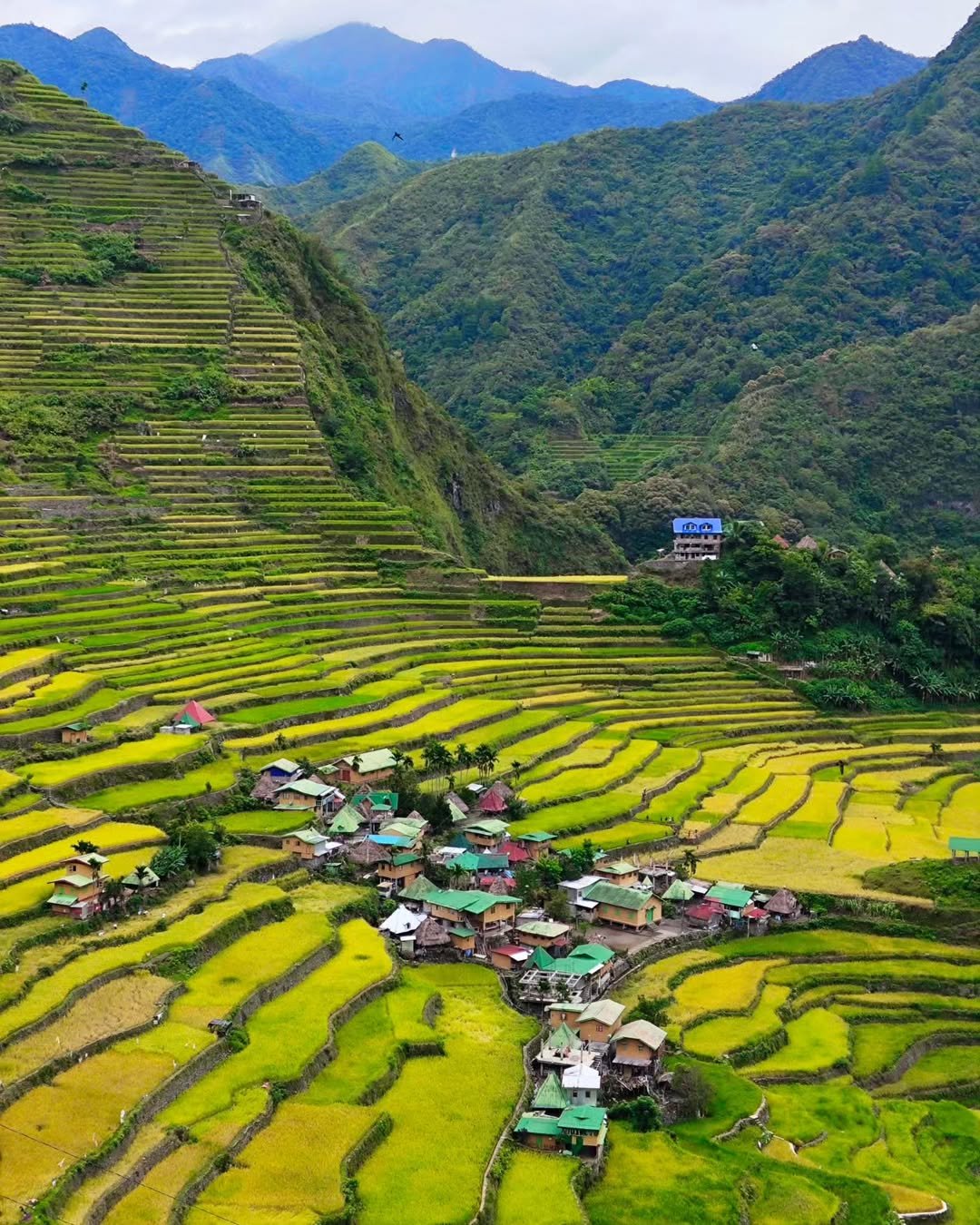
2. Mayon Volcano – Albay, Bicol
With its near-perfect cone shape, Mayon Volcano is arguably the most iconic natural landmark in the Philippines. Towering over Legazpi City, it is best admired from Cagsawa Ruins or from a thrilling ATV ride at its base. It’s a top tourist spot in Luzon for adventure travelers, photographers, and nature enthusiasts.
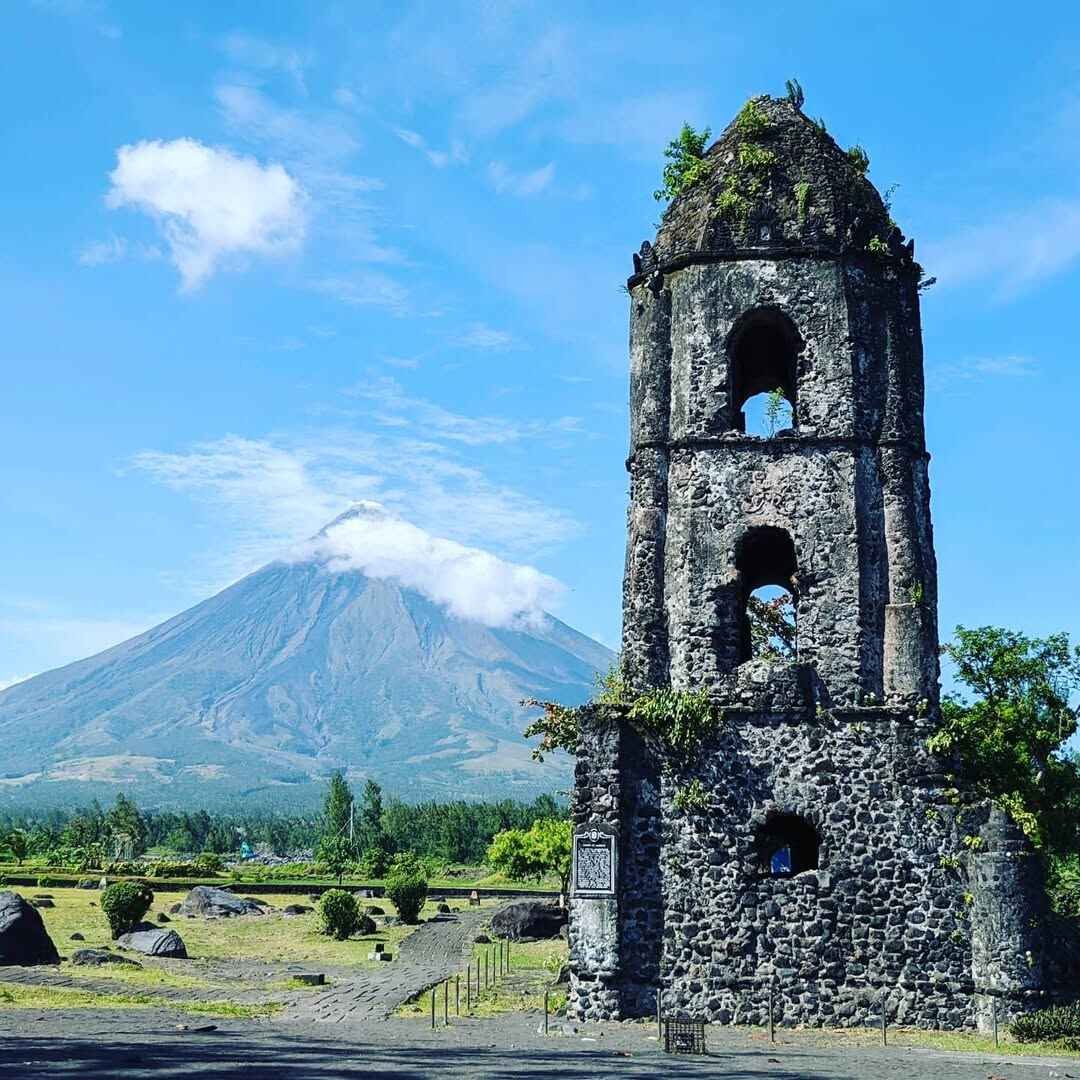
3. Taal Volcano & Lake – Batangas
One of the smallest active volcanoes in the world, Taal sits within a lake, which itself is nestled inside a larger volcanic caldera—creating a volcano within a volcano. The site offers boat tours, view decks in Tagaytay, and hiking opportunities. This geological wonder is a best tourist spot in Luzon for weekend trippers from Manila.

4. Vigan Heritage Village – Ilocos Sur
A UNESCO World Heritage Site, Vigan is famous for its well-preserved Spanish colonial architecture. Visitors stroll along Calle Crisologo in horse-drawn carriages, shop for local handwoven products, and try traditional Ilocano cuisine. As a living museum, it remains a popular tourist spot in Luzon that bridges past and present.
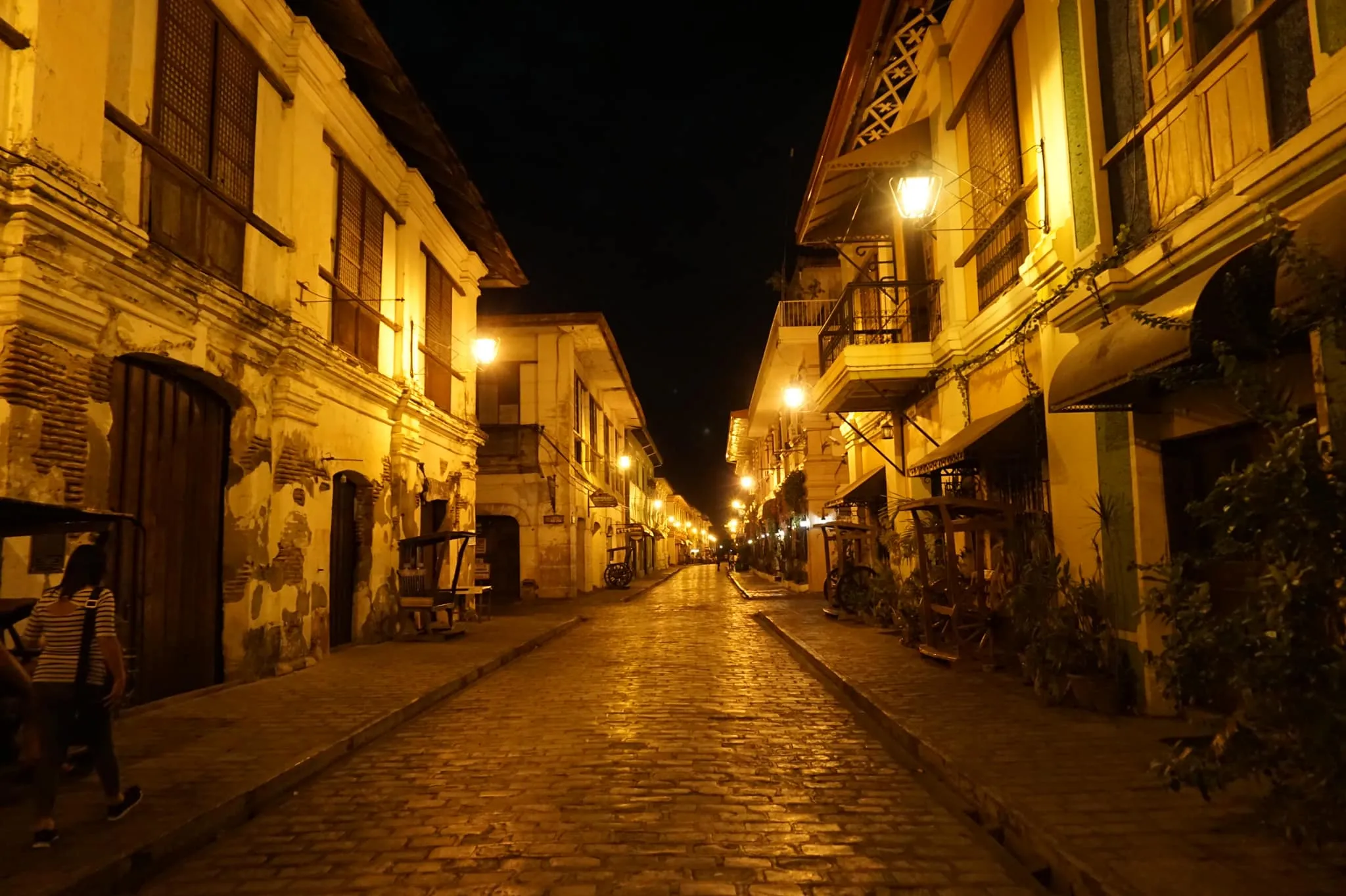
5. Hundred Islands – Pangasinan
Scattered across the Lingayen Gulf, the Hundred Islands National Park features over 120 limestone islets—each offering beaches, snorkeling sites, and cave exploration. Governor’s Island and Quezon Island are visitor favorites. It’s a top 10 tourist spot in Luzon for island-hopping adventures and family outings.

6. Sagada’s Hanging Coffins – Mountain Province
High up in the Cordilleras, Sagada is known for its surreal landscape and unique burial tradition—the hanging coffins. The Echo Valley trek and Sumaguing Cave adventure offer a deeper understanding of local beliefs and limestone beauty. This mystical mountain town ranks as a best tourist spot in Luzon for those seeking spiritual and natural serenity.
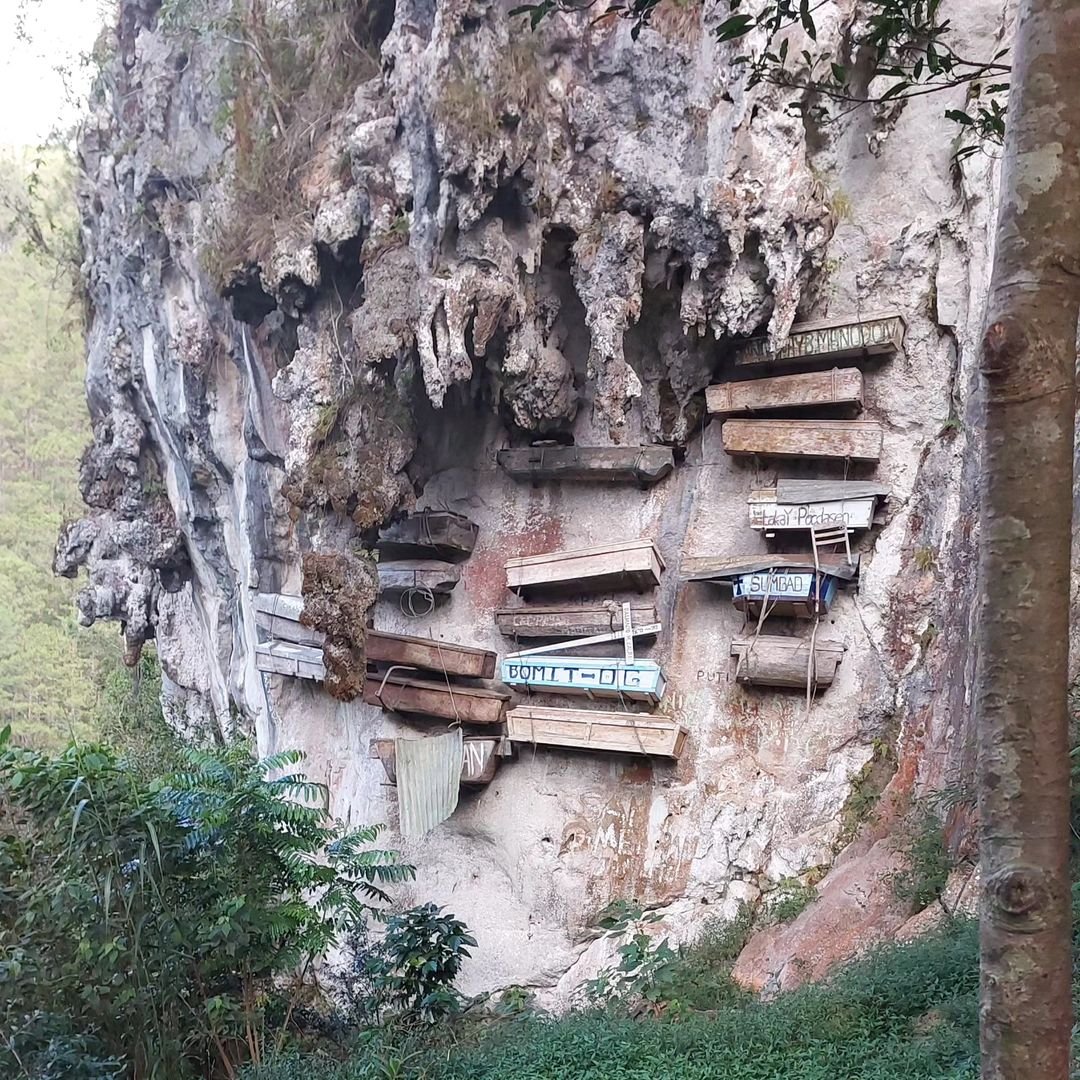
7. Mount Pulag – Benguet
The highest peak in Luzon, Mount Pulag is a dream climb for trekkers. Known for its “sea of clouds” and endemic flora and fauna, the summit offers views across several provinces. It’s one of the top tourist spots in Luzon for hikers and sunrise chasers alike.
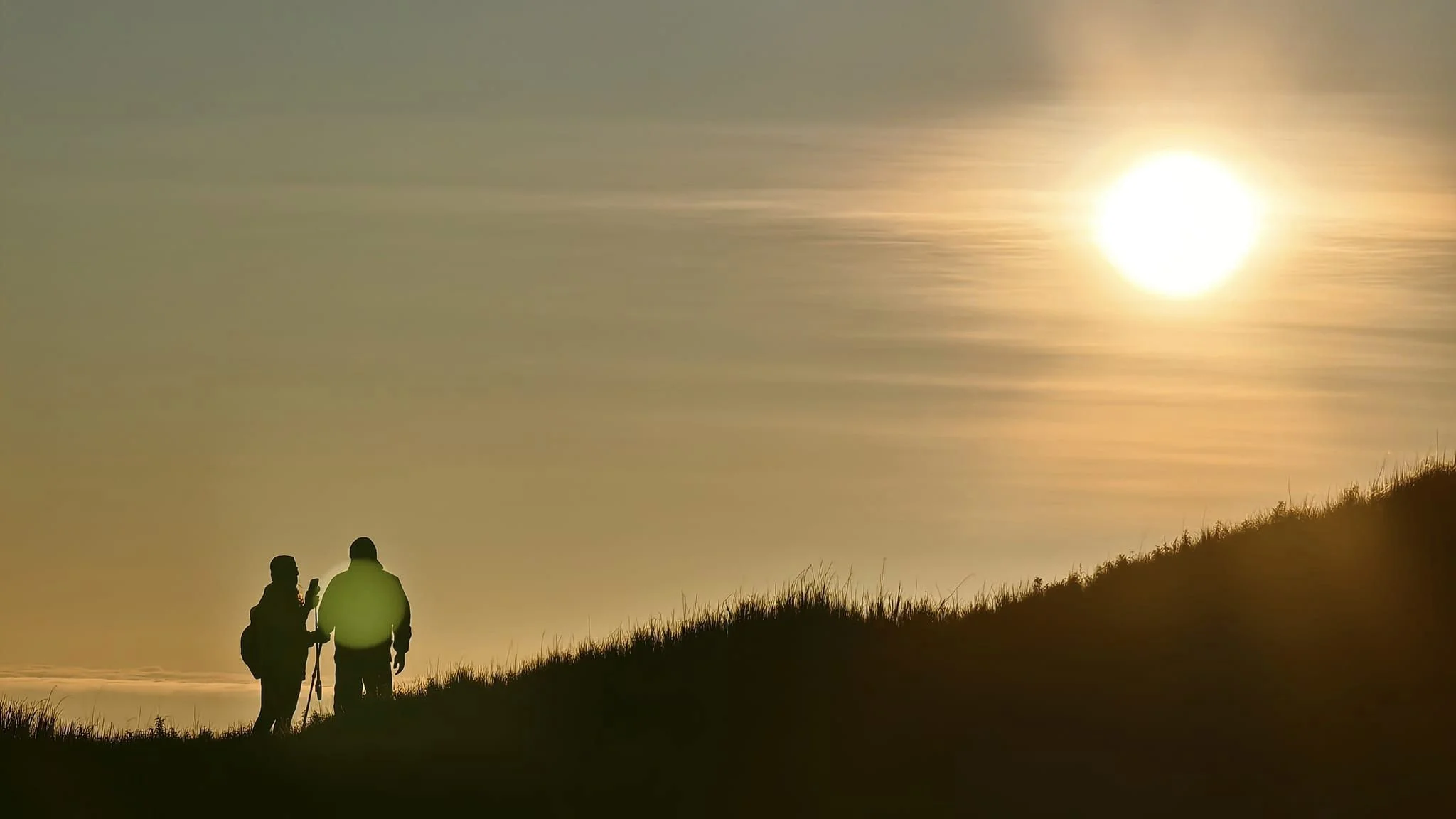
8. Subic Bay – Zambales
Formerly a US naval base, Subic has transformed into a coastal hub for leisure and eco-tourism. It offers a mix of water parks, wildlife centers, shipwreck diving, and duty-free shopping. Subic is a popular tourist spot in Luzon for family vacations and corporate retreats.
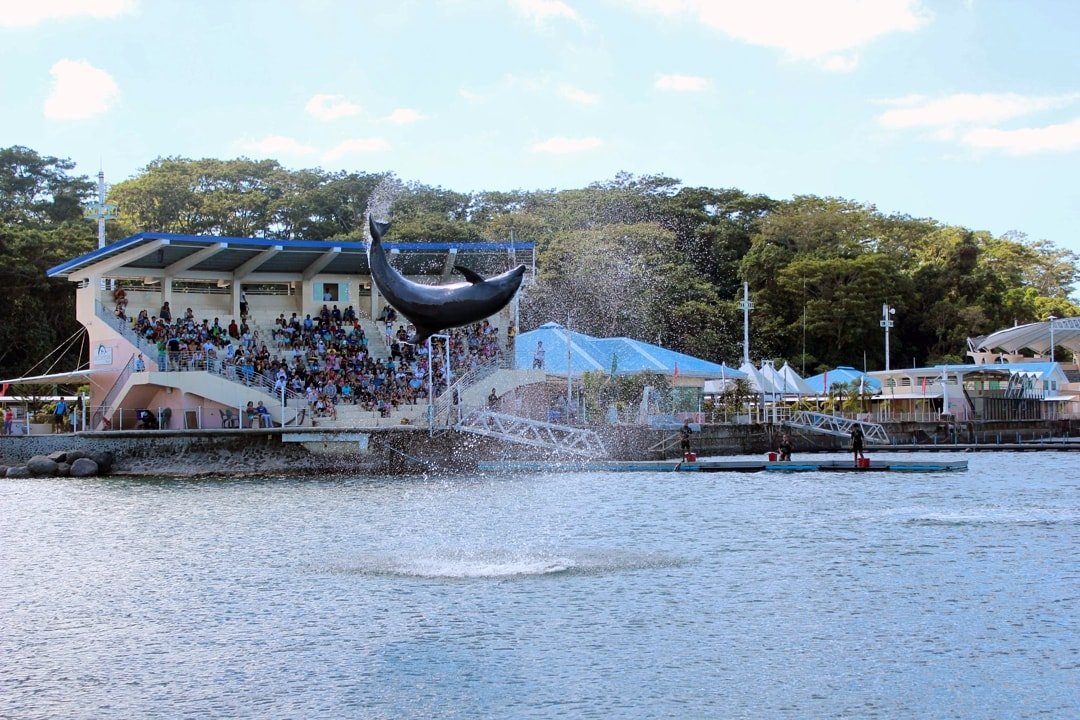
9. Baguio City – Benguet
Known as the “Summer Capital of the Philippines,” Baguio offers cool mountain air, pine-scented parks, and creative cafes. Tourists flock to Burnham Park, Mines View, and the BenCab Museum. Baguio remains one of the most popular tourist spots in Luzon for its blend of comfort, creativity, and culture.
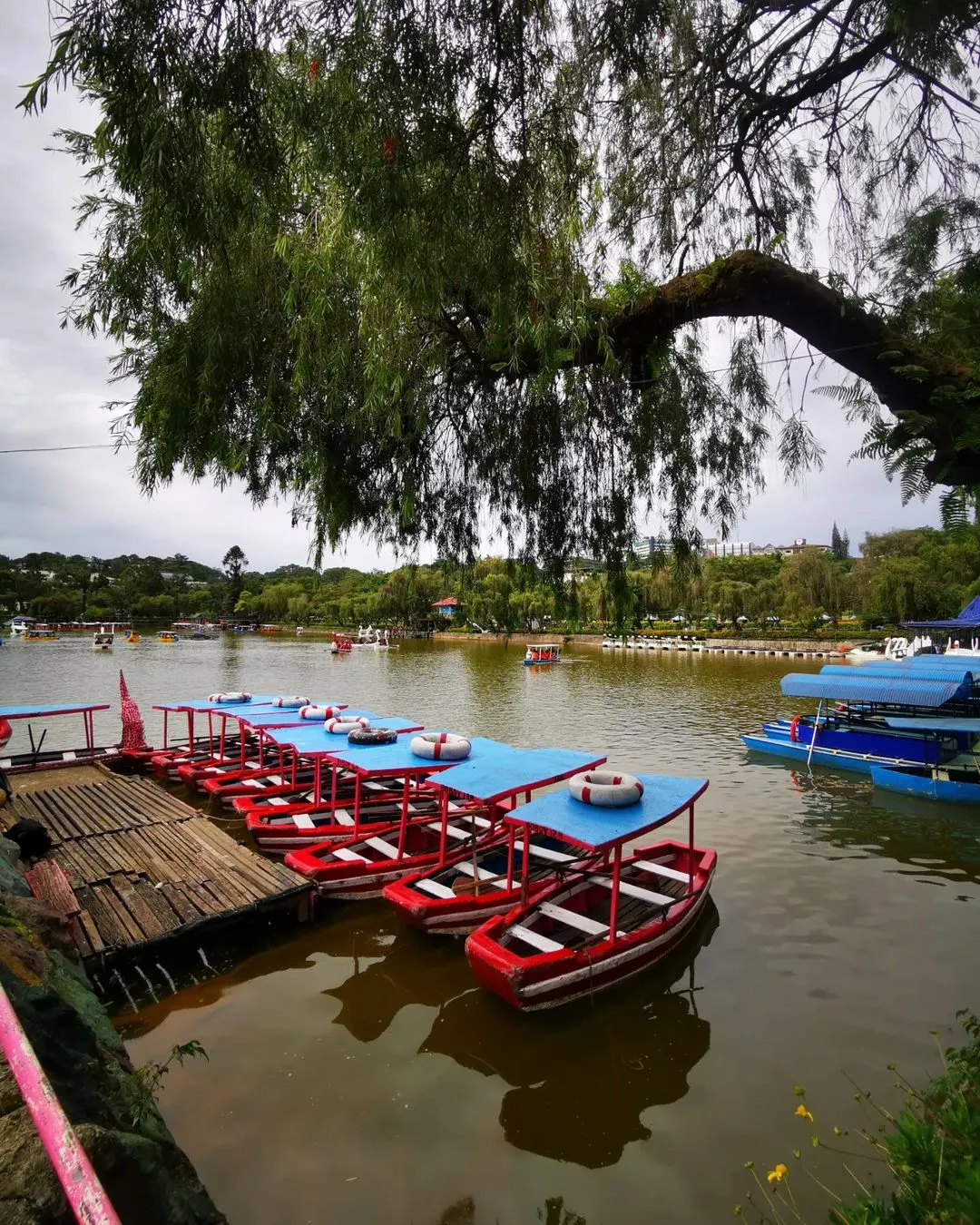
10. Pagudpud – Ilocos Norte
Dubbed the “Boracay of the North,” Pagudpud is a coastal paradise with pristine white sand beaches, turquoise waters, and minimal crowds. Saud Beach and Blue Lagoon are top attractions. For beach lovers, Pagudpud is undoubtedly a top tourist spot in Luzon offering scenic relaxation far from the crowds.
Each destination in this curated list of the top 10 tourist spots in Luzon provides a different lens through which to appreciate the island’s beauty and cultural richness. From awe-inspiring natural formations to centuries-old towns, these best tourist spots in Luzon prove that Luzon is more than a gateway to the Philippines—it’s a destination in its own right.
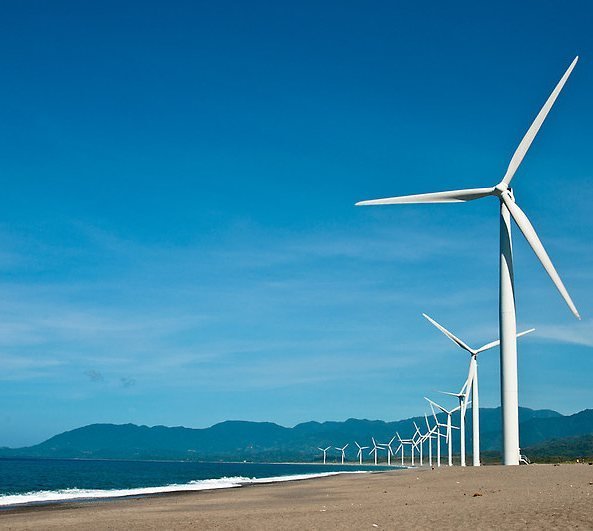

Hidden Gems: Underrated and Hidden Tourist Spots in Luzon
While Luzon is known for its iconic landmarks like Mayon Volcano and the Banaue Rice Terraces, it also shelters a treasure trove of lesser-known destinations that offer equally breathtaking beauty without the crowds. These hidden tourist spots in Luzon are ideal for travelers seeking off-the-beaten-path experiences, unspoiled nature, and authentic cultural immersion. From secluded beaches to mist-covered peaks and secret waterfalls, these destinations promise adventure beyond the typical itinerary.
Cagbalete Island – Quezon Province
A serene island off the coast of Mauban Queuzon, Cagbalete boasts powdery white sands, turquoise shallows, and mangrove-lined shores. Known for its shifting sandbars during low tide, this hidden beach destination is perfect for those looking for peace, kayaking, and a break from over-commercialized resorts. Accommodations range from beach huts to eco-lodges, all offering direct access to the sea.
Mt. Palali – Nueva Vizcaya
Once a hunting ground of indigenous tribes, Mt. Palali in Northern Luzon is a remote and scenic climb offering panoramic views of mountain ranges and rice plains. This underrated mountain trail is ideal for seasoned hikers who want a challenging trek without the usual foot traffic of mainstream peaks like Mt. Pulag. Along the way, travelers encounter endemic flora, bird species, and tales from local guides steeped in tribal folklore.
Mt. Daraitan & Tinipak River – Rizal Province
Nestled at the border of Rizal and Quezon, Mt. Daraitan is a hidden haven for nature lovers and weekend warriors. The limestone trail leads to a peak with views of the Sierra Madre, while the nearby Tinipak River charms visitors with its marble rock formations and clear, cold waters. Caves, river crossings, and the peaceful Daraitan Village round out the experience—making it one of the most rewarding hidden tourist spots in Luzon.
Dicotcotan Beach – Palanan, Isabela
Accessible only via a boat ride or a multi-day hike through the Sierra Madre, Dicotcotan Beach is one of Luzon’s last untouched coastal frontiers. With its golden sands, lush rainforest backdrop, and near-zero tourist infrastructure, this beach rewards those willing to take the long road. It’s perfect for nature camping, birdwatching, and witnessing one of the most pristine ecosystems in the country.
Malico Pine Forest – Pangasinan-Nueva Vizcaya Border
Tucked away in the highlands of Malico, this pine-covered enclave is Luzon’s own little Baguio—minus the urban sprawl. Travelers can explore quiet forest trails, interact with the Kalanguya indigenous community, and enjoy cool mountain air. Often overlooked due to its remote location, Malico remains a hidden tourist spot in Luzon for those seeking altitude and authenticity.
Balbalasang National Park – Kalinga
Often referred to as the “Last Frontier of Luzon,” this protected park in Kalinga is a haven for biodiversity. It offers a mix of cloud forests, endemic wildlife, and traditional tribal villages. With limited tourism infrastructure, Balbalasang is best explored with local guides who share insights into Kalinga heritage and environmental preservation efforts.
Daranak Falls and Batlag Falls – Tanay, Rizal
Though relatively close to Metro Manila, these twin waterfalls remain underrated. Daranak Falls offers picnic spots and a natural pool, while Batlag Falls, just a short hike away, rewards visitors with quieter waters and lush jungle surroundings. Perfect for day trips, these hidden gems prove that nature escapes are still possible within a few hours’ drive from the capital.
Why Discover Luzon’s Hidden Tourist Spots?
Exploring a hidden tourist spot in Luzon allows travelers to connect with nature and local culture in deeper, more meaningful ways. These destinations foster responsible tourism, support rural livelihoods, and protect the region’s ecological and cultural diversity. Whether you’re in search of silence, sustainability, or soul-stirring views, Luzon’s secret corners await.
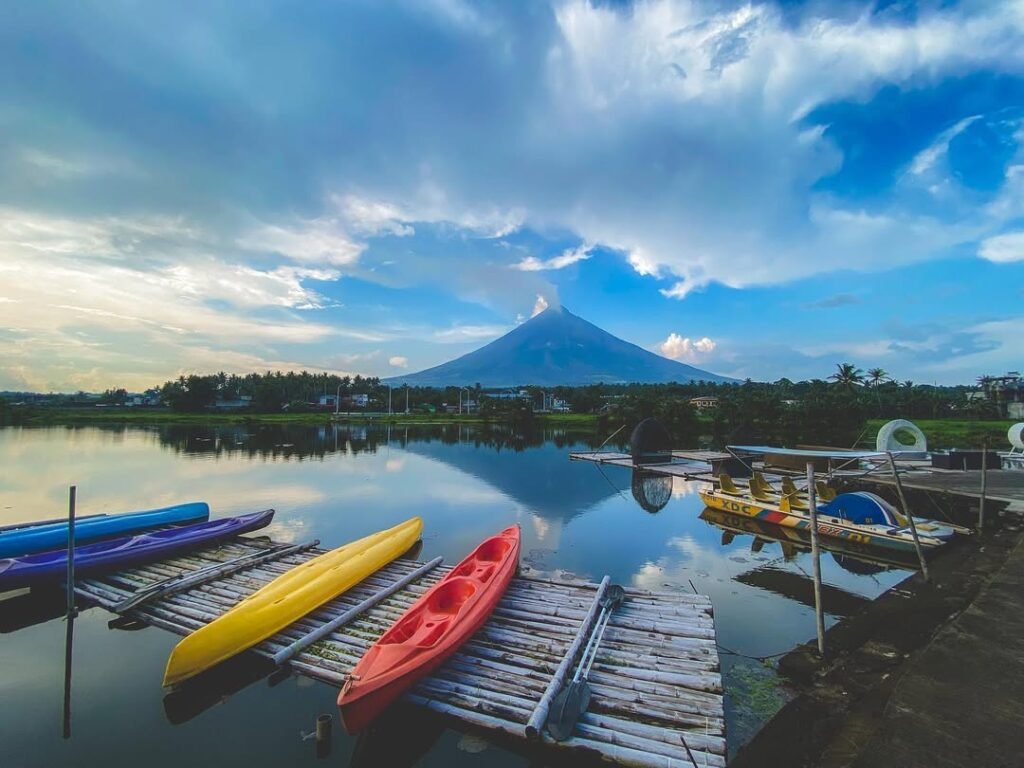
Luzon Map and Travel Routes
Luzon is a vast and diverse island that stretches from the wind-swept cliffs of Ilocos Norte to the volcanic coastlines of Bicol. Navigating the island efficiently requires a strong grasp of regional geography, well-planned travel routes, and reliable transportation options. A clear Luzon map is essential to visualize your itinerary, group nearby destinations, and identify access points to both popular and hidden attractions.
Understanding the Luzon Map
A detailed Luzon map divides the island into three major travel zones: Northern Luzon, Central Luzon, and Southern Luzon. Each area hosts distinct landmarks and cultural experiences. While some destinations are easily linked by highways, others—especially in the highlands or coastal fringes—may require extra planning.
Map Resources:
Use Google Maps for real-time routes and traffic conditions.
Download offline maps for remote areas like Sagada, Palanan, and island towns.
Department of Tourism and regional government websites offer printable Luzon travel maps.
Recommended Travel Routes by Region
To make the most of your time, consider grouping destinations into regional loops or road trips based on proximity and travel time.
Northern Luzon Loop (7–10 Days)
Ideal for history lovers and nature explorers.
Start in Laoag or Vigan (Ilocos Region)
Continue to Pagudpud for coastal scenery
Head inland to Banaue and Sagada (Ifugao, Mountain Province)
Optional side trip to Baguio City
Return via Pangasinan or Tarlac
This route covers both coastal and highland attractions, with long drives best suited for private vehicles or van rentals.
Central Luzon Road Trip (3–5 Days)
A flexible route for family getaways and cultural visits.
Begin in Clark or Pampanga
Visit Subic Bay and Zambales beaches
Head to Mt. Pinatubo for trekking
Stop by Bataan’s WWII sites or Bulacan’s heritage towns
Well-developed highways make this loop accessible by car, public buses, or private transport.
Southern Luzon Beach Hop (5–7 Days)
Perfect for beach lovers and adventure seekers.
Start in Tagaytay (for Taal Volcano views)
Move to Batangas for snorkeling or island hopping
Travel to Quezon Province (Cagbalete Island, Borawan)
End in Bicol Region with visits to Mayon Volcano, Caramoan Islands, or Donsol
This route offers a combination of land and sea travel. Boat rides and local ferries may be necessary for island destinations.
How to Get Around Luzon
Luzon offers a wide range of transportation options, from budget-friendly public transit to private rentals for more comfort and control.
1. Buses and Public Vans
Victory Liner, Partas, Genesis, and DLTB operate regular routes across Luzon.
Terminal hubs include Cubao (Quezon City), Pasay, and Caloocan.
Vans (UV Express) serve shorter inter-town routes.
2. Private Car or Van Rentals
Ideal for families, groups, or travelers visiting off-grid locations.
Available in Metro Manila, Clark, Baguio, and Naga.
Allows full control over your pace and stops.
3. Trains
The PNR (Philippine National Railways) services parts of Southern Luzon from Manila to Bicol.
Useful for slow-paced, scenic travel but limited in coverage.
4. Local Transport
Tricycles and jeepneys dominate local travel in towns and cities.
Motorcycle taxis (habal-habal) are common in mountain areas.
Boat transport is needed for island destinations like Cagbalete or Caramoan.
Travel Tip:
Plan inter-regional travel based on proximity and avoid crisscrossing Luzon without purpose. For longer itineraries, consider flying to regional airports like Laoag (Ilocos), Clark (Pampanga), or Legazpi (Albay) to save time and skip long land travel.
A well-structured route and a reliable Luzon map are essential tools for unlocking the island’s full potential. Whether you’re chasing sunsets in Pagudpud or volcano trekking in Bicol, getting there smoothly is half the adventure.

Sample Itineraries: North, Central, and South Luzon Adventures
Planning a trip across Luzon can be overwhelming due to its vastness and variety—but the good news is, it’s also incredibly rewarding. To help travelers make the most of their time, we’ve curated sample itineraries for Northern Luzon, Central Luzon, and Southern Luzon. These routes offer a seamless blend of nature, culture, and adventure while integrating relevant Luzon regional keywords to support travel planning and SEO discoverability.
3-Day Northern Luzon Nature + Heritage Tour
Northern Luzon is where the mountains meet history. This short yet enriching itinerary focuses on cultural heritage, highland scenery, and cool-climate adventures.
Day 1 – Vigan Heritage & Ilocos Sur Exploration
Explore Calle Crisologo and the Vigan Cathedral
Visit Baluarte Zoo or Syquia Mansion
Try Ilocano cuisine: bagnet, empanada, and longganisa
Overnight in Vigan
Day 2 – Laoag and Paoay Side Trip (Ilocos Norte)
Visit Paoay Church, a UNESCO World Heritage Site
Stop at Malacañang of the North and La Paz Sand Dunes
Catch the sunset at Cape Bojeador Lighthouse
Overnight in Pagudpud
Day 3 – Pagudpud Scenic Drive
Relax at Saud Beach
Explore Bangui Windmills and Kapurpurawan Rock Formation
Return to Vigan or continue to Baguio or Banaue for extended travel
Tip: For quicker transfers, use local van rentals or chartered tours that connect Ilocos towns.
5-Day Central Luzon Cultural + Coastal Escape
Central Luzon offers a smooth ride through cultural capitals, nature parks, and beach retreats. This itinerary is ideal for families, groups, and cultural explorers.
Day 1 – Clark & Pampanga Arrival
Fly into Clark International Airport
Visit Clark Museum and Museo Ning Angeles
Enjoy authentic Kapampangan cuisine (sisig, tocino)
Overnight in Angeles City
Day 2 – Mount Pinatubo Crater Trek (Tarlac)
4×4 ride and hike to Mount Pinatubo crater lake
Spend the afternoon at Capas Shrine or Monasterio de Tarlac
Overnight in Tarlac
Day 3 – Subic Bay Activities (Zambales)
Explore Ocean Adventure or Zoobic Safari
Try wreck diving or paddleboarding in Subic Bay
Dine at Subic’s boardwalk restaurants
Overnight in Subic
Day 4 – Zambales Island Hopping
Day tour from Pundaquit to Anawangin Cove, Nagsasa Cove, or Capones Island
Sunset picnic and beach camping options
Overnight in San Antonio
Day 5 – Return to Manila or Clark
Visit local markets or churches en route
Option to extend trip to Bataan for WWII heritage sites
7-Day Southern Luzon Volcanoes + Island Hopping Trip
Southern Luzon is a dream for adventure seekers. This week-long journey takes you from volcanic landscapes to island paradises across Laguna, Batangas, Quezon, and the Bicol Region.
Day 1 – Tagaytay and Taal Volcano
Visit Taal Lake View Decks and People’s Park in the Sky
Try bulalo and Tagaytay’s local delicacies
Overnight in Tagaytay
Day 2 – Taal Trek and Batangas Beaches
Boat ride to Taal Volcano Island (if open to tourists)
Transfer to Nasugbu or Lian for a beach afternoon
Overnight in Batangas
Day 3 – Quezon Province: Cagbalete Island
Travel to Mauban, then boat to Cagbalete Island
Enjoy sandbars, swimming, and mangrove walks
Beachfront overnight in eco-lodge
Day 4 – Lucban & Pahiyas Town Walk
Explore Lucban Church and Kamay ni Hesus Shrine
Stroll through the colorful Pahiyas-style houses (year-round in souvenir shops)
Try pancit habhab and longganisang Lucban
Overnight in Lucban or travel to Bicol
Day 5 – Legazpi and Mayon Volcano (Albay)
Visit Cagsawa Ruins, Daraga Church, and Lignon Hill
ATV adventure around Mayon Volcano’s lava trails
Overnight in Legazpi
Day 6 – Donsol Whale Shark Interaction (Sorsogon)
Early transfer to Donsol, swim with whale sharks (Dec–May)
Sunset firefly river tour
Overnight in Donsol
Day 7 – Caramoan or Back to Manila via Naga
Option to extend to Caramoan Islands
Or head back via Naga City (fly or bus to Manila)
Each of these regional Luzon itineraries is designed to highlight the most enriching and best tourist spots in Luzon, while ensuring variety and efficiency. Whether you’re drawn to northern Luzon’s cultural legacy, central Luzon’s natural landscapes, or southern Luzon’s volcanic thrills and island retreats, there’s a perfect route waiting to be explored.
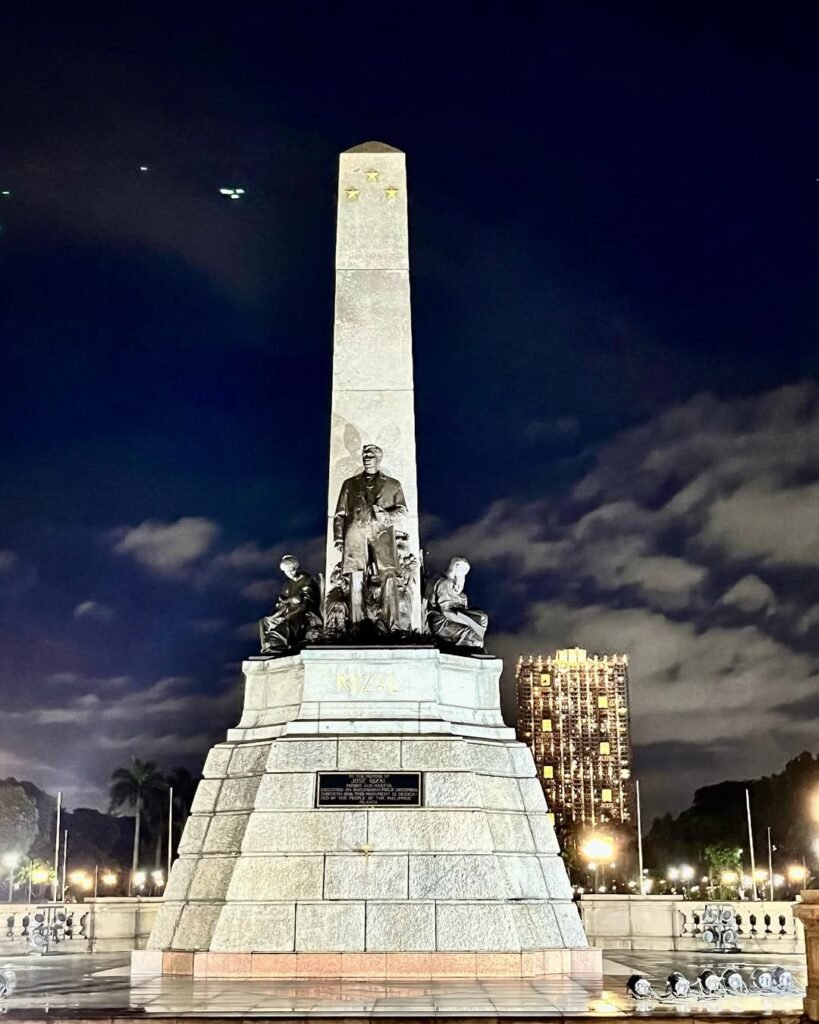
Summary: Why You Should Visit Luzon
Luzon is more than just the largest island in the Philippines—it’s a vivid tapestry of heritage, landscapes, and experiences waiting to be discovered. From its misty mountains and terraced rice fields to volcanic lakes, heritage towns, and secret beaches, Luzon offers a journey through time, nature, and tradition.
A Destination That Has It All
Each region of Luzon holds a distinct charm:
Northern Luzon invites travelers to step back in time with cultural treasures like Vigan and Sagada, while offering breathtaking natural wonders such as the Banaue Rice Terraces and Mount Pulag. This region is ideal for heritage walks, mountain treks, and immersing in indigenous traditions.
Central Luzon combines accessibility with diversity. Here, visitors can trek to Mount Pinatubo, relax in Subic Bay, or explore cultural hubs in Pampanga and Bulacan. It’s a top tourist destination in Luzon for those seeking a balance of comfort and adventure.
Southern Luzon is where dramatic volcanoes meet white-sand beaches. From the relaxing shores of Batangas and the spirituality of Quezon Province to the volcanic thrills of Mayon and the whale shark encounters in Donsol, this region is packed with unforgettable experiences.
Go Beyond the Usual: Discover Hidden Gems
While the best tourist spots in Luzon like Mayon Volcano, Taal Lake, and Baguio City are well-loved for a reason, Luzon also hides lesser-known wonders—like the mangrove beaches of Cagbalete Island, the marble-lined Tinipak River in Rizal, or the far-flung serenity of Dicotcotan Beach. These hidden locations offer raw, untouched beauty for those willing to go the extra mile.
Plan Your Luzon Adventure Today
Whether you’re an outdoor adventurer, a history buff, or a food enthusiast, Luzon has something for you. As a top tourist destination in Luzon, this island delivers depth, diversity, and discovery in every direction.
So pack your bags and explore Luzon—not just for its landmarks, but for the stories, communities, and moments that make it truly unforgettable. Start with the best tourist spot in Luzon, then venture beyond. The island is waiting.
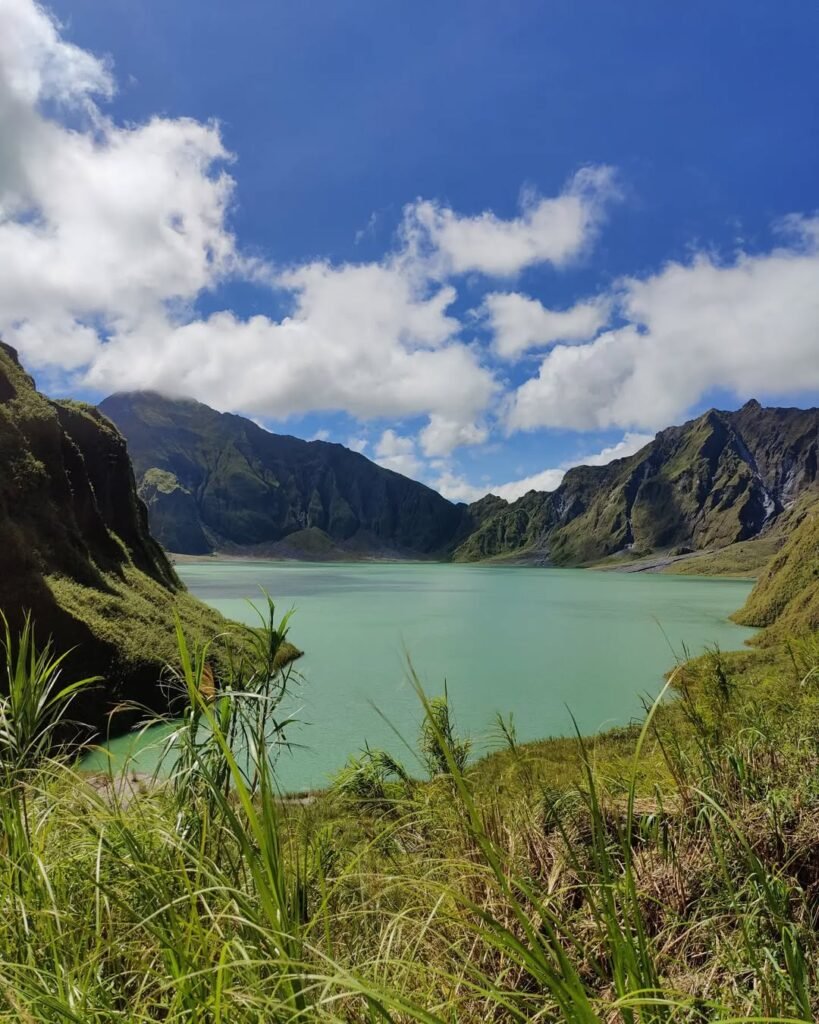
People Also Ask About Luzon
1. What is the most popular tourist spot in Luzon?
Mayon Volcano in Albay is widely considered the most popular tourist spot in Luzon. Its perfect cone shape and scenic surroundings make it a favorite for nature lovers and photographers.
2. What are the hidden tourist destinations in Luzon?
Hidden tourist spots in Luzon include Cagbalete Island, Mt. Daraitan, and Dicotcotan Beach. These off-the-beaten-path places offer peaceful nature escapes and fewer crowds.
3. Which provinces are part of Northern Luzon?
Northern Luzon includes Ilocos Norte, Benguet, Ifugao, and Batanes, among others. This region is known for its mountain landscapes and rich cultural heritage.
4. What are the Central Luzon provinces?
Central Luzon is made up of provinces like Pampanga, Tarlac, Zambales, and Bataan. It’s ideal for road trips, beach escapes, and historical tours.
5. What places are in Southern Luzon?
Southern Luzon includes Batangas, Laguna, Quezon, and the Bicol Region. It’s known for volcanoes, hot springs, and island-hopping destinations.
6. How do you travel between tourist spots in Luzon?
Traveling around Luzon is easy via buses, vans, or private car rentals. For more remote areas or islands, ferries and boats may be required.
7. Is Luzon good for nature tourism?
Yes, Luzon offers diverse landscapes—rice terraces, volcanoes, caves, and islands. It’s perfect for hikers, beachgoers, and eco-travelers alike.
8. What are the best tourist destinations in Luzon for families?
Family-friendly spots include Subic Bay, Tagaytay, and Hundred Islands. These destinations offer safe, accessible, and activity-rich experiences.
9. What is the best time to visit Luzon?
The dry season, from December to May, is the best time to visit Luzon. Weather is ideal for hiking, beach trips, and attending local festivals.
10. Why should I explore beyond the famous Luzon tourist spots?
Exploring hidden gems like Balbalasang National Park or Mt. Palali offers a more authentic and peaceful travel experience. These places reveal Luzon’s lesser-known beauty and cultural depth.
- All
- Beach
- Cityscape
- Festivals
- Historical Places
- Mountains
- Natural-Waters
- Religious and Pilgrimage Site
- Theme Park
- Tourist Spot
- Travel Tips
- Where to Eat

Where To Eat in Boracay 2024 | Best Restaurant in Boracay
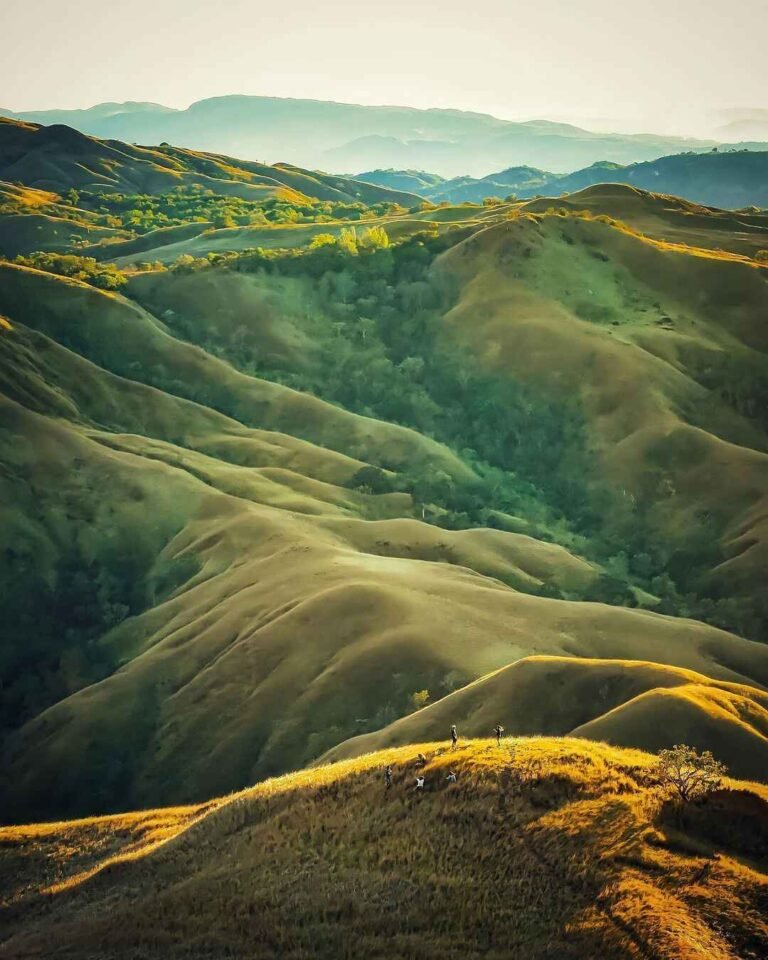
Best Abra Tourist Spots With Itinerary | Things To Do

Dingalan Aurora Tourist Spots 2024 | Things To Do
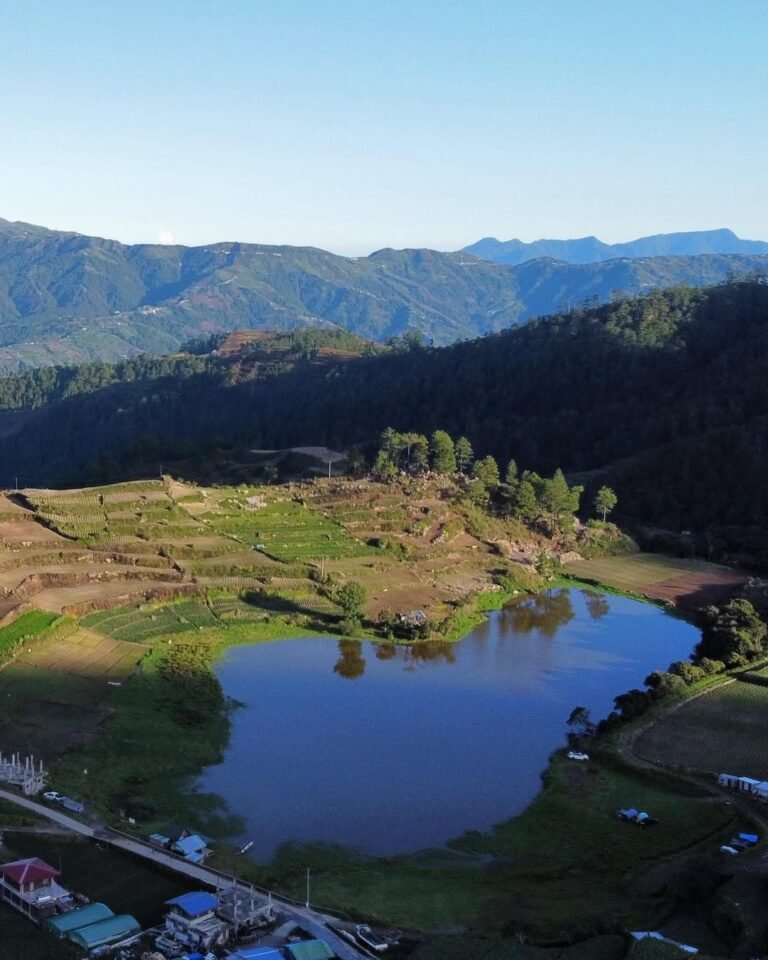
Ultimate Guide to Lake Tabeo in Kabayan Benguet 2025
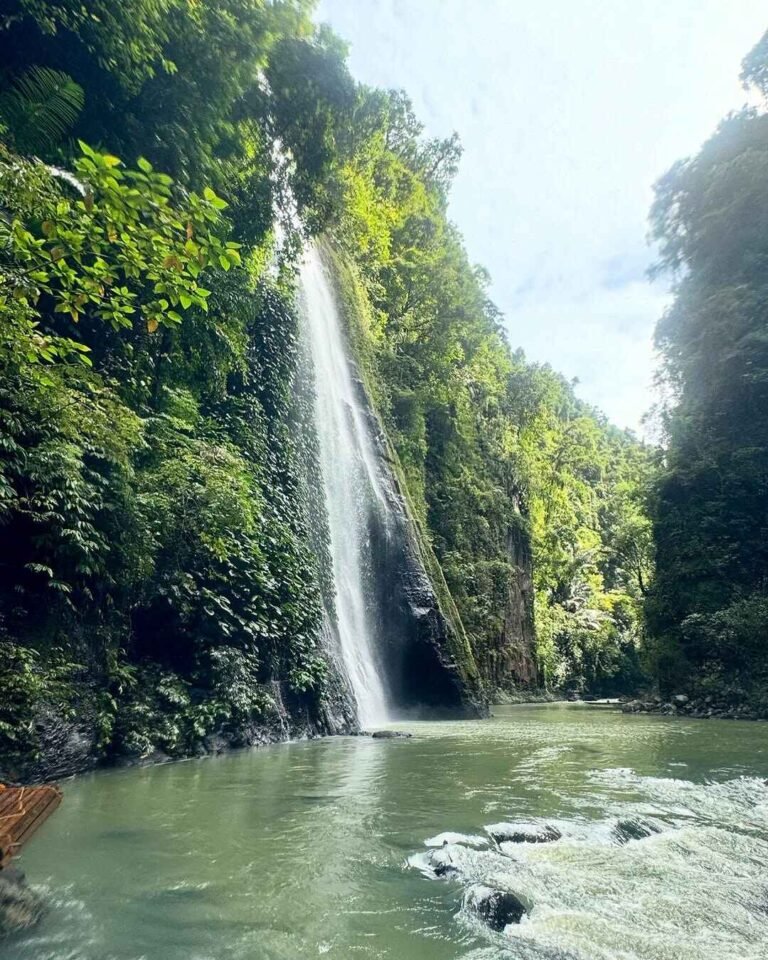
Ultimate Guide to Pagsanjan Falls Tour in Laguna 2025

26 Must-Visit Batanes Tourist Spots 2025 | Ultimate Guide

Ultimate Guide to Magellan’s Cross in Cebu City 2025
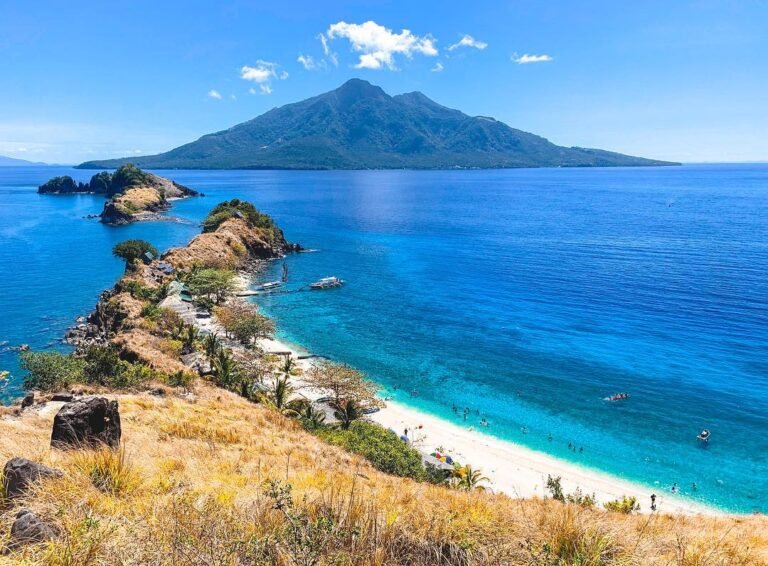
Ultimate DIY Guide to Sambawan Island in Biliran 2025
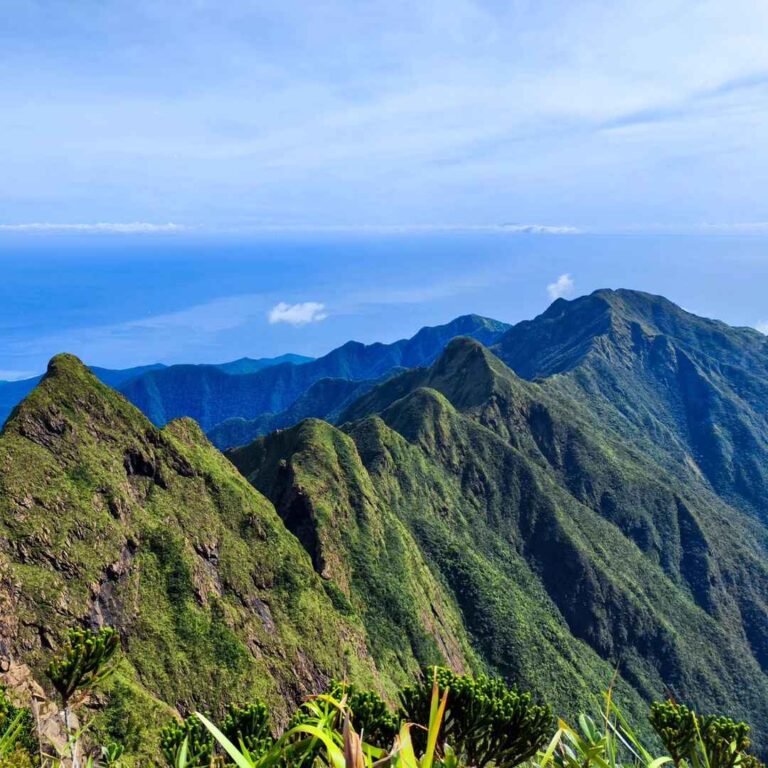
Ultimate Guide to Mt. Guiting-Guiting in Romblon 2025
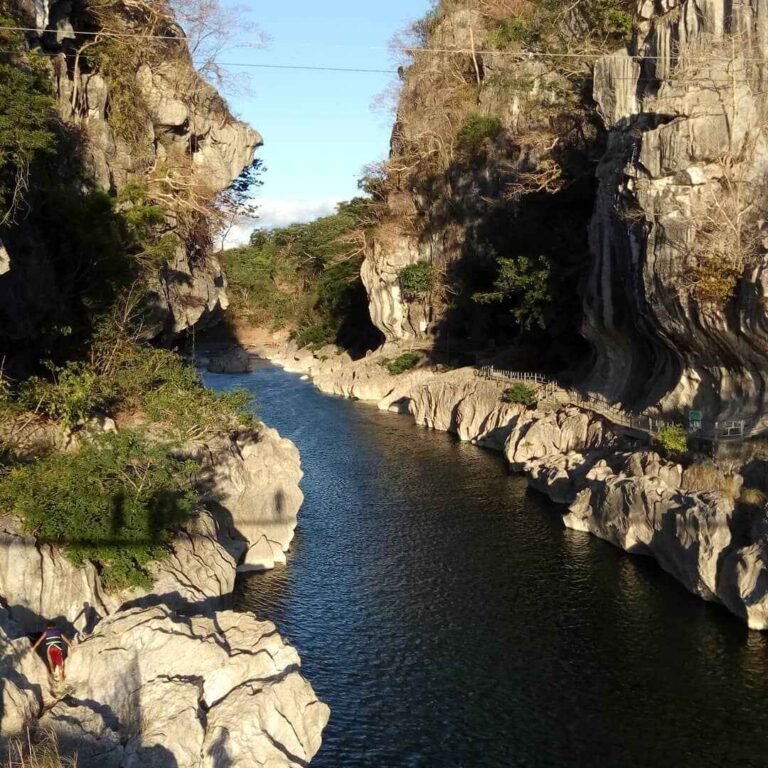
Ultimate Guide to Minalungao National Park 2025
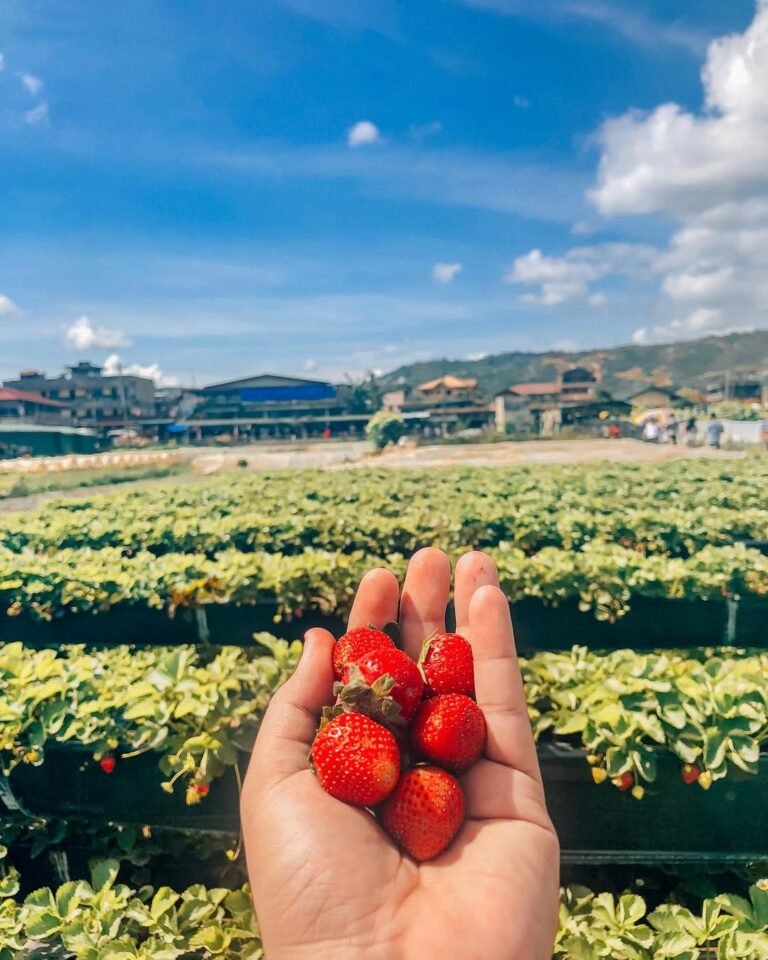
37 Must-Visit Tourist Spot in Baguio City 2025 | Ultimate Guide
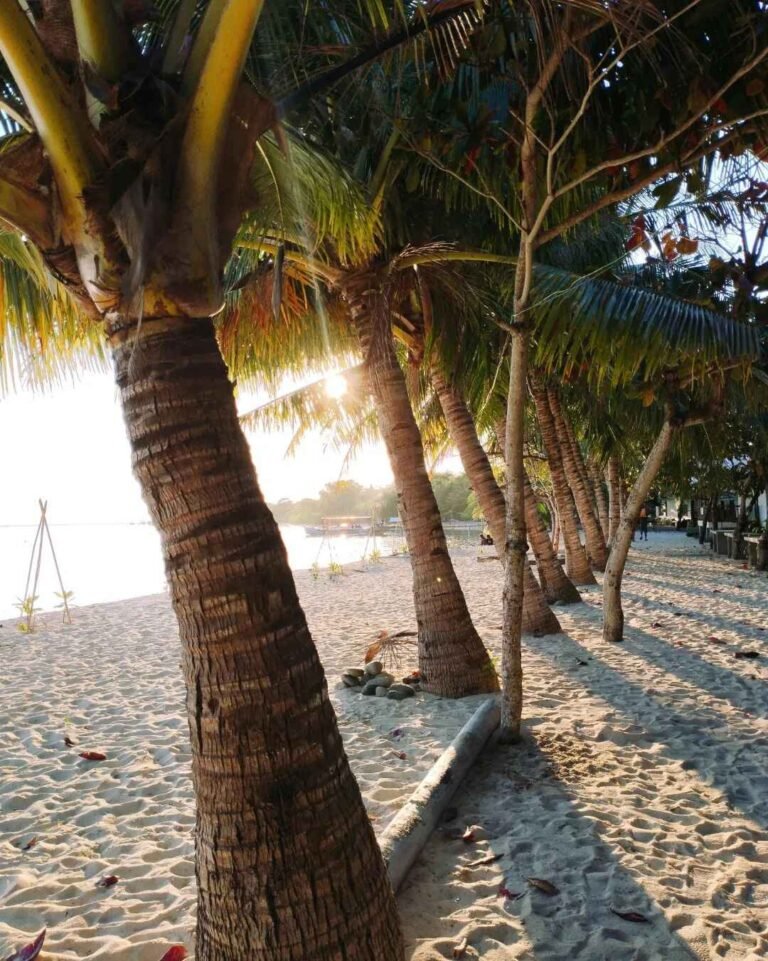
Magalawa Island Palauig Zambales | Complete Travel Guide
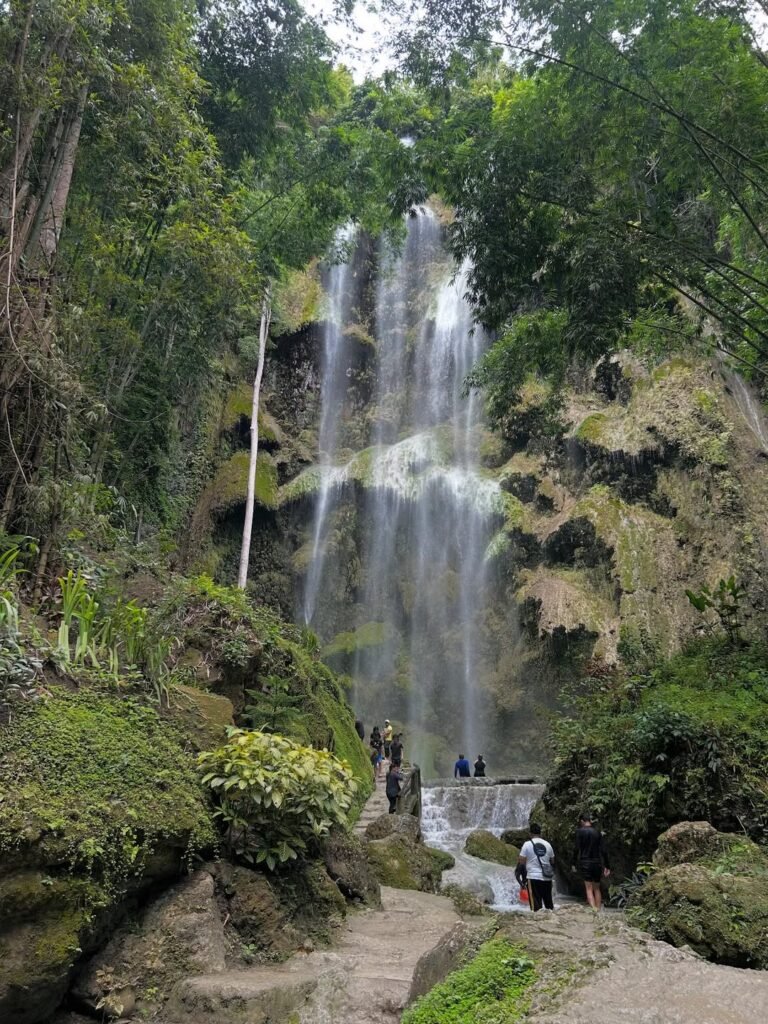
Ultimate Guide to Tumalog Falls in Oslob Cebu 2025
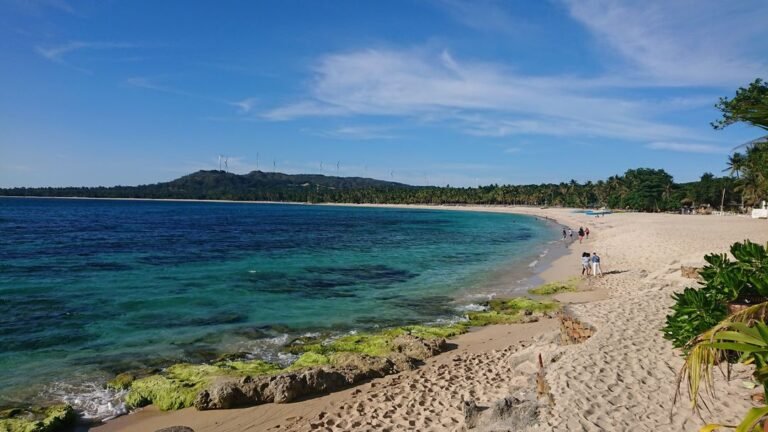
Ultimate Guide to Saud Beach Pagudpud Ilocos Norte 2025
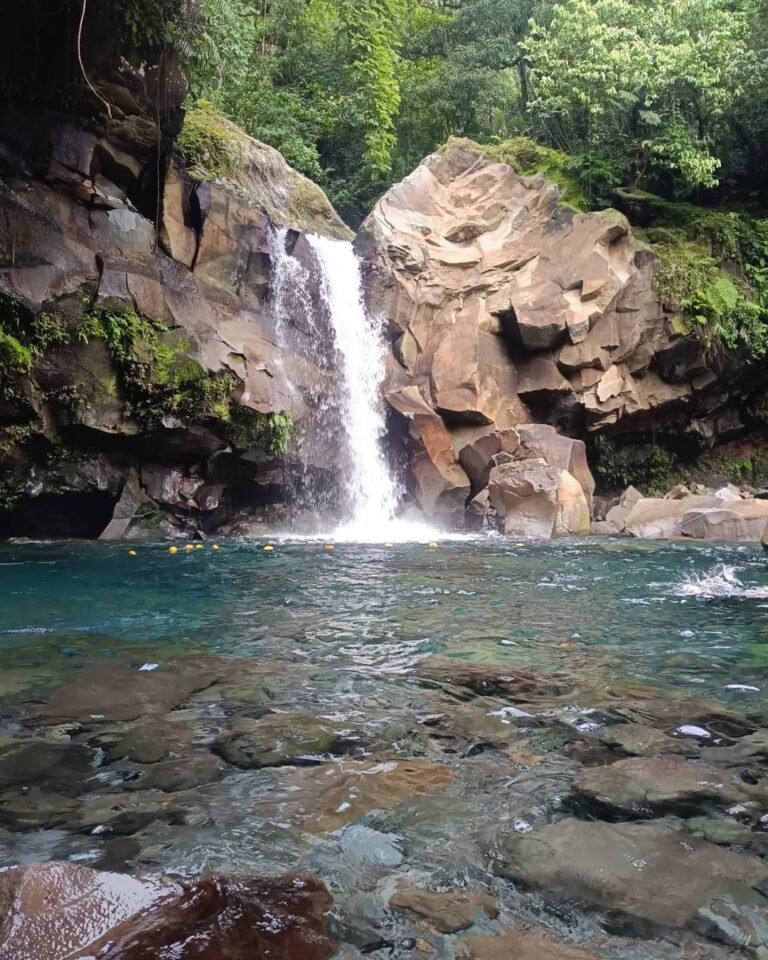
Ultimate Guide to Majayjay Falls or Taytay falls in Laguna 2025

Ultimate Guide to Peoples Park Tagaytay 2025
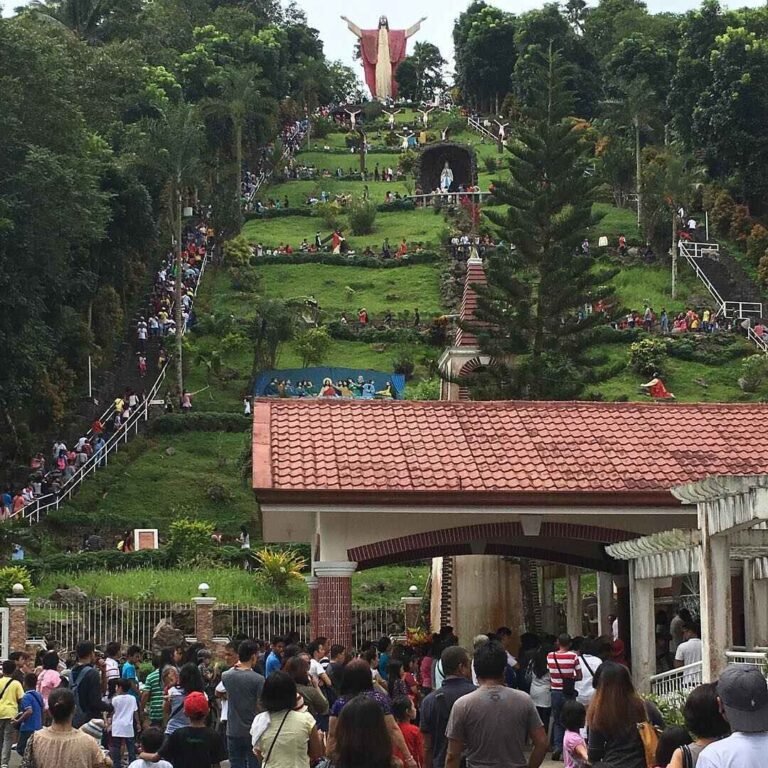
Ultimate Guide to Kamay ni Hesus | Lucban Quezon 2025
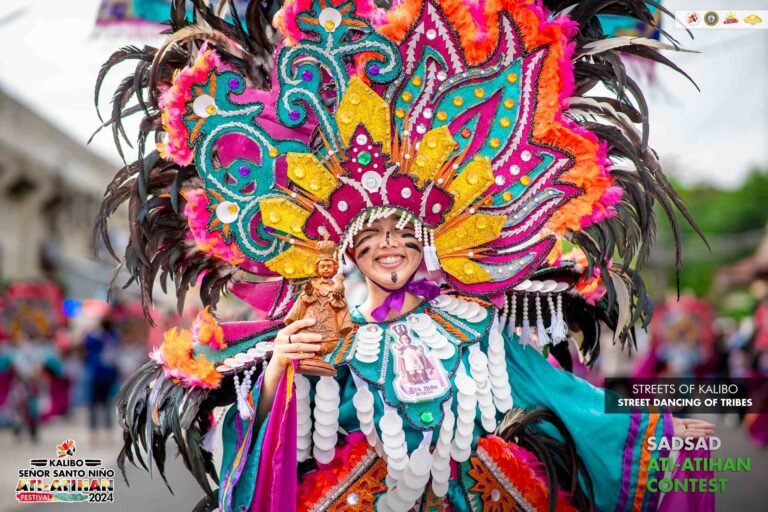
Ultimate Guide to Ati-Atihan Festival 2025 in Kalibo, Aklan

Wright Park Baguio City | Ultimate DIY Travel Guide
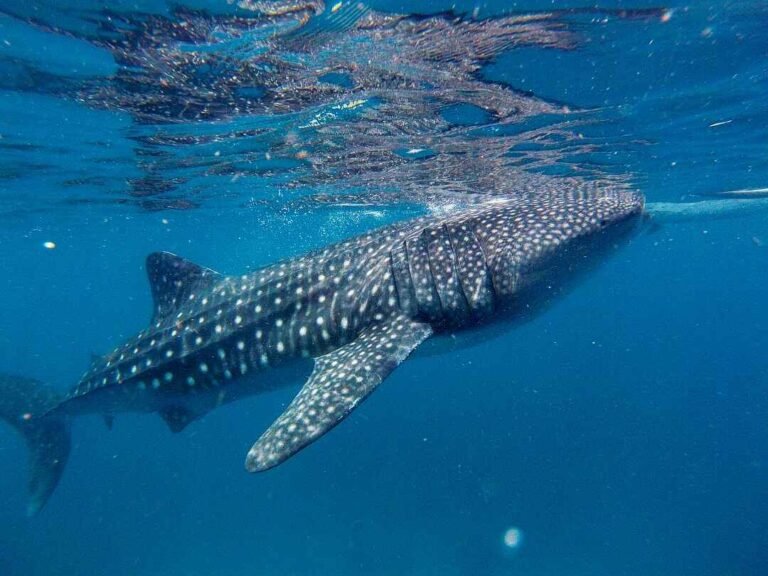
Oslob Whale Shark Watching in Cebu | Complete Guide
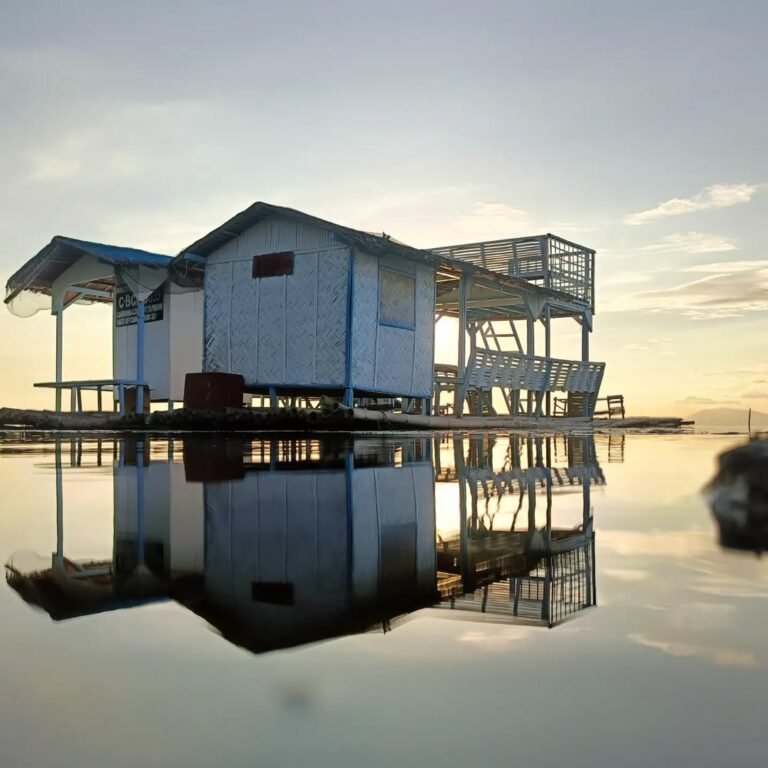
Ultimate Guide to Little Boracay Calatagan Batangas 2025

28 Must-Visit Nueva Ecija Tourist Spot 2025 | Ultimate Guide
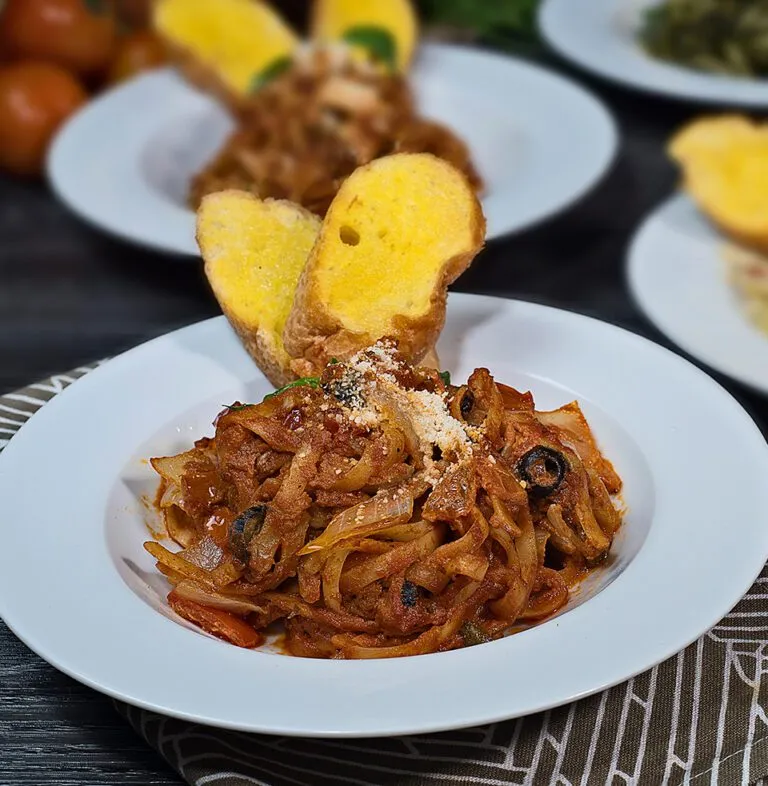
Where to Eat in Antipolo | Best Antipolo Restaurant
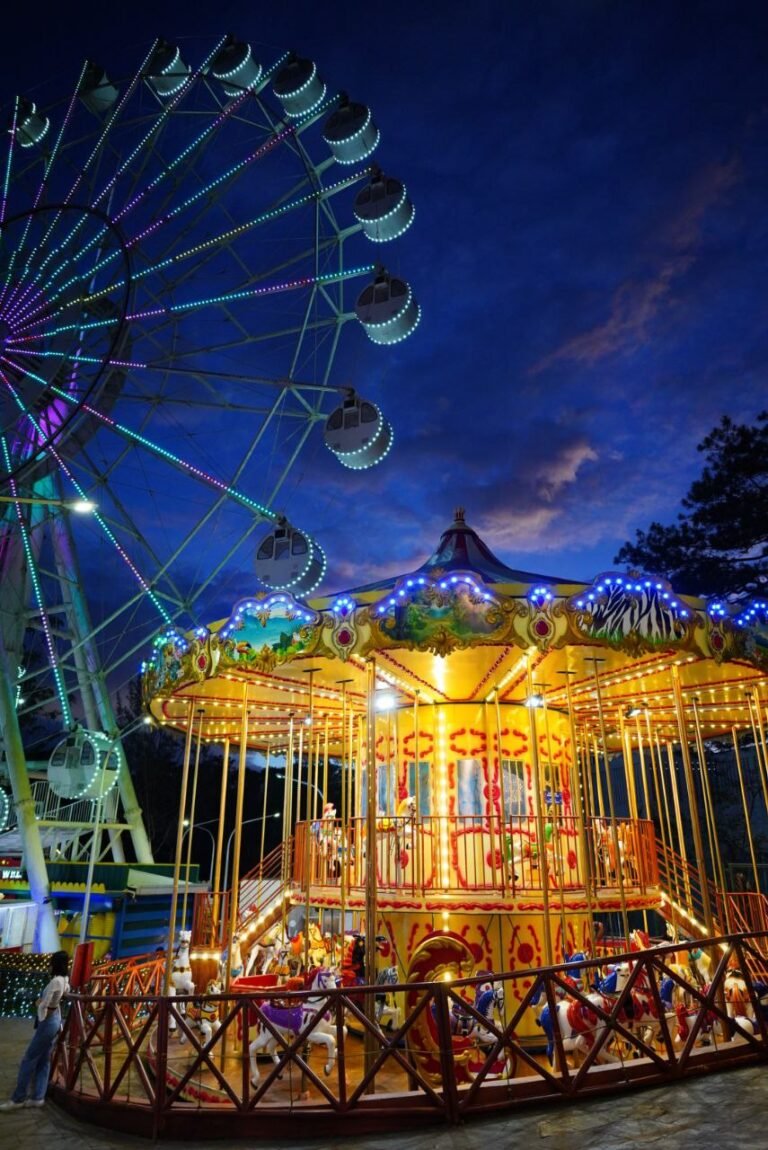
Ultimate Guide to Sky Ranch Baguio 2025
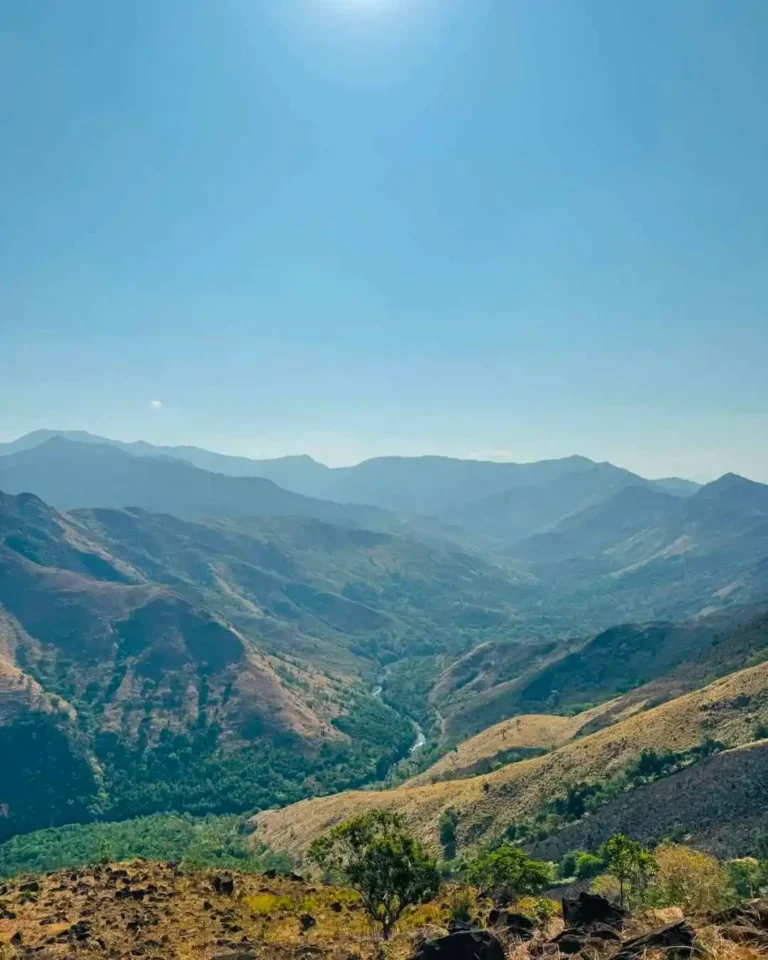
Ultimate Guide to Mt Mariglem Cabangan Zambales 2025
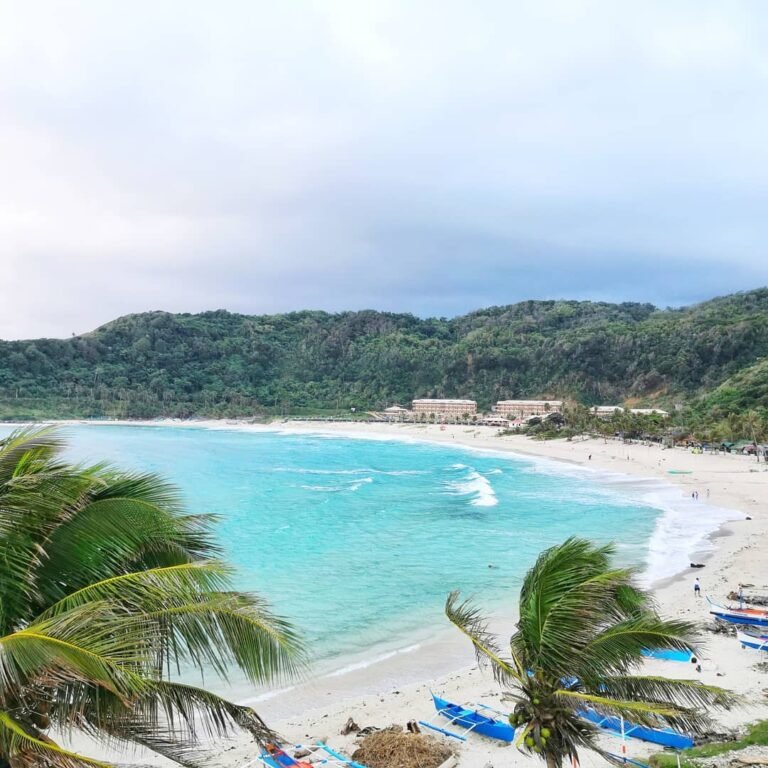
Pagudpud Beach Ilocos Norte | Complete Travel Guide 2024

Baguio City Ultimate DIY Travel Guide 2025 | Budget Travel
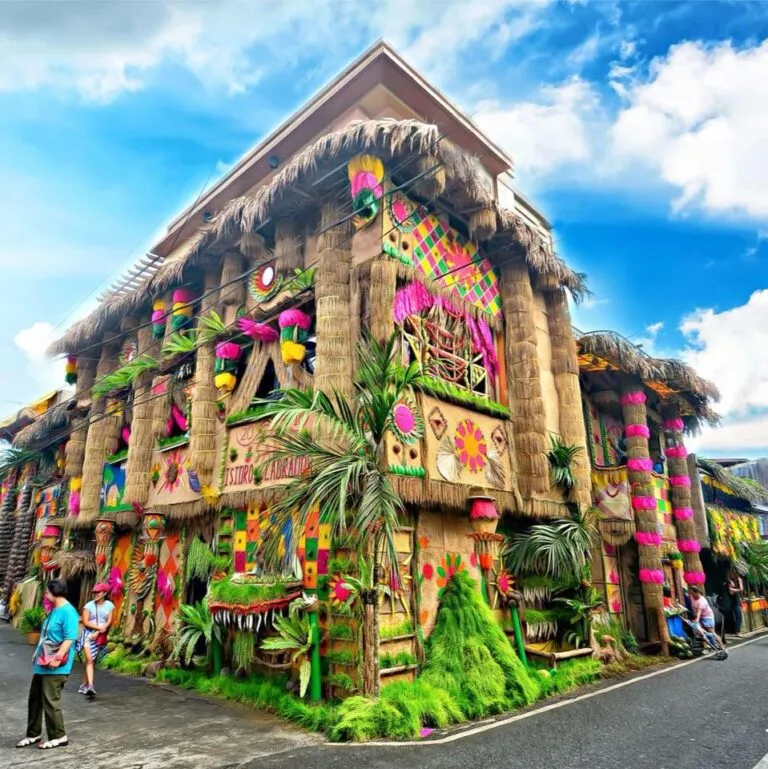
Ultimate Guide to Pahiyas Festival in Lucban Quezon 2025
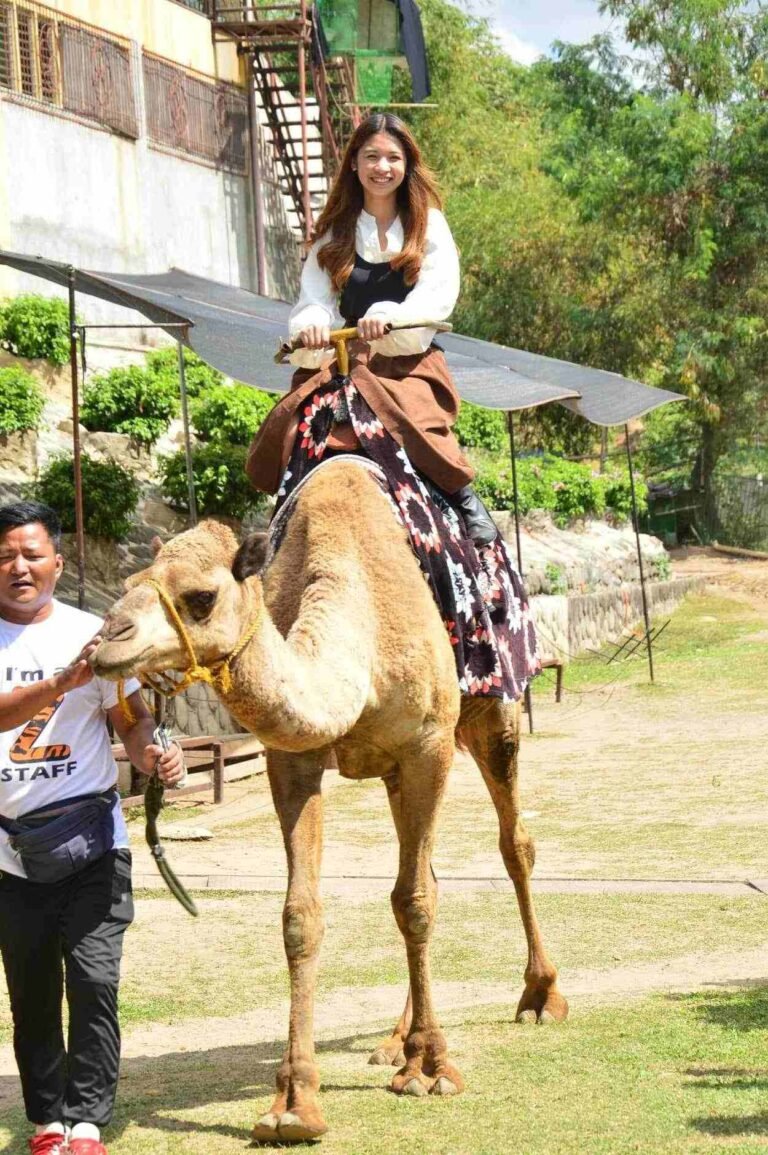
Ultimate Travel Guide to Zoocobia Fun Zoo Clark Pampanga 2025

Ultimate Guide to Pililla Wind Farm in Tanay Rizal 2025

Best Staycation in Quezon City | Casita Bohío in Trees Residence
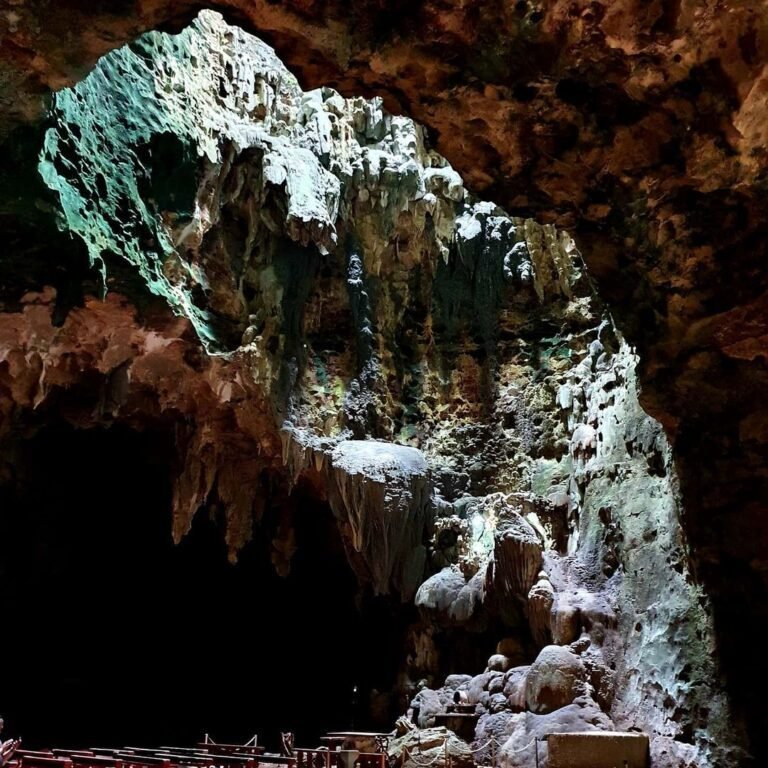
Callao Cave in Peñablanca, Cagayan | Ultimate DIY Travel Guide

Ultimate Guide to Space and Time Cube Museum Pasay Manila 2025
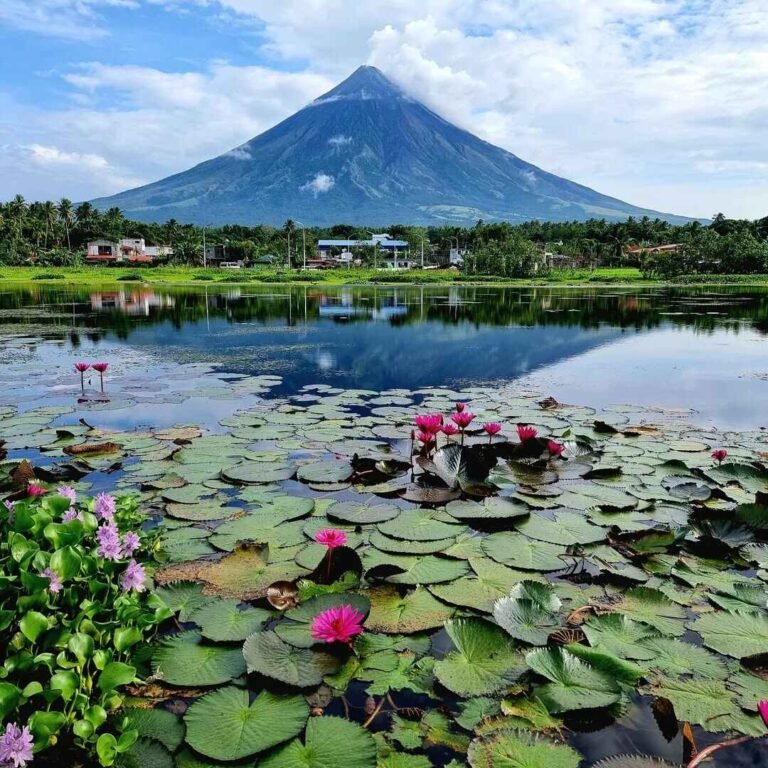
Top 20 Must-Visit Albay Tourist Spot | Ultimate Travel Guide
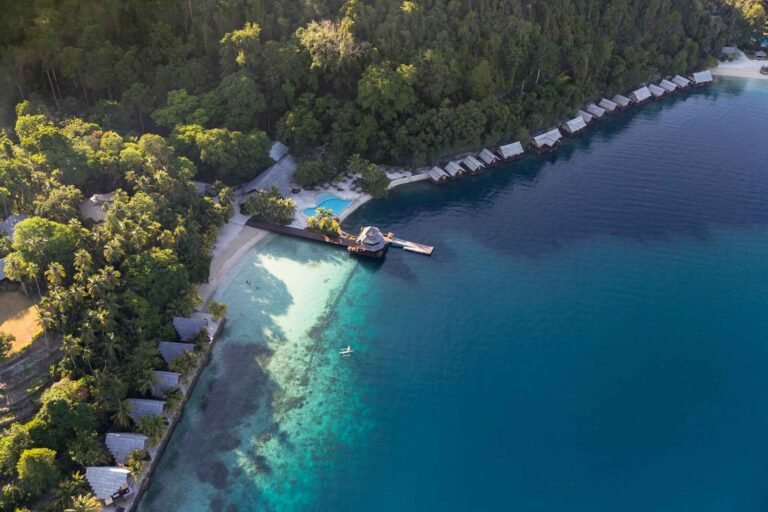
Ultimate Guide to Samal Island Tourist Spot 2025
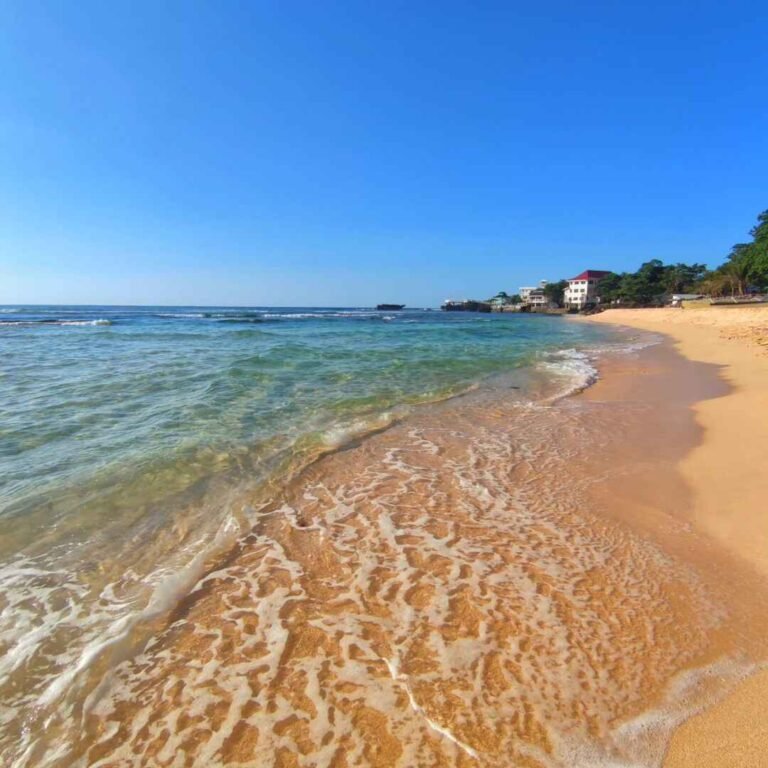
Bolinao Tourist Spots | Attractions, Directions, and Booking Tips
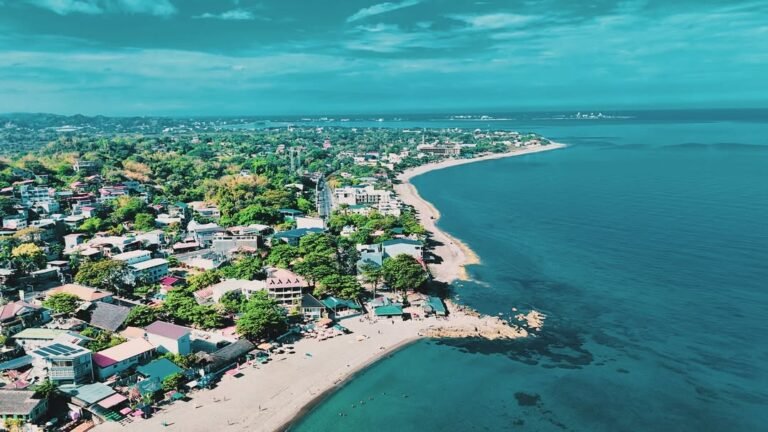
La Union Ultimate Travel Guide 2025 | All You Need to Know

Where To Eat in Baguio 2024 | Best Restaurants in Baguio City
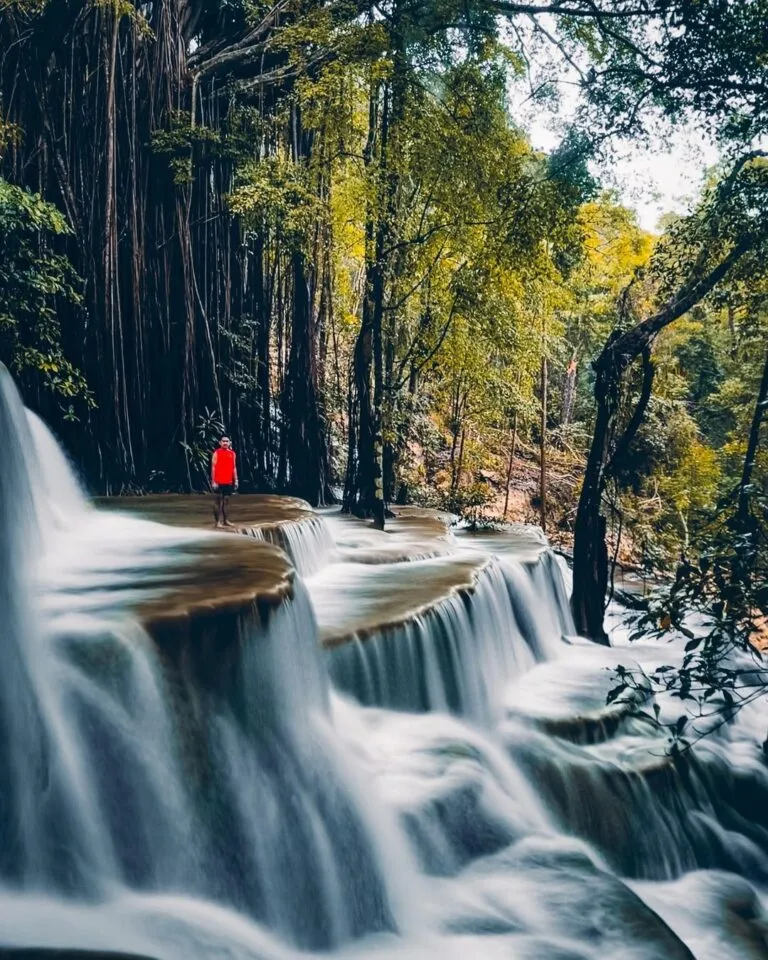
Ultimate Guide to Kaparkan Falls Abra 2025
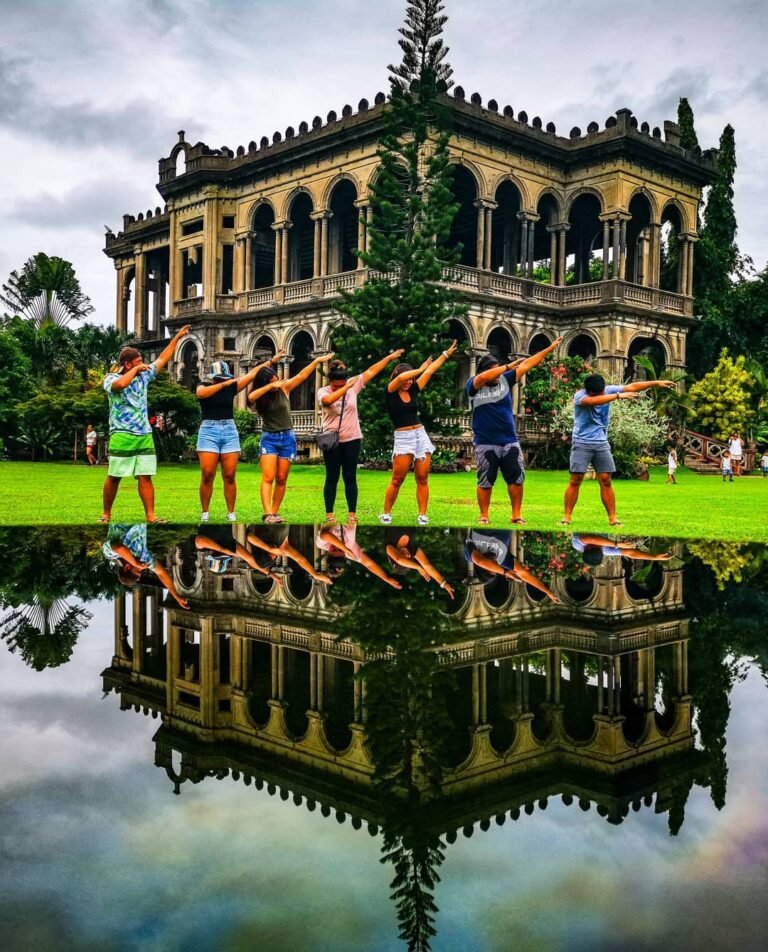
Bacolod Tourist Spots 2024 | A Complete Travel Guide
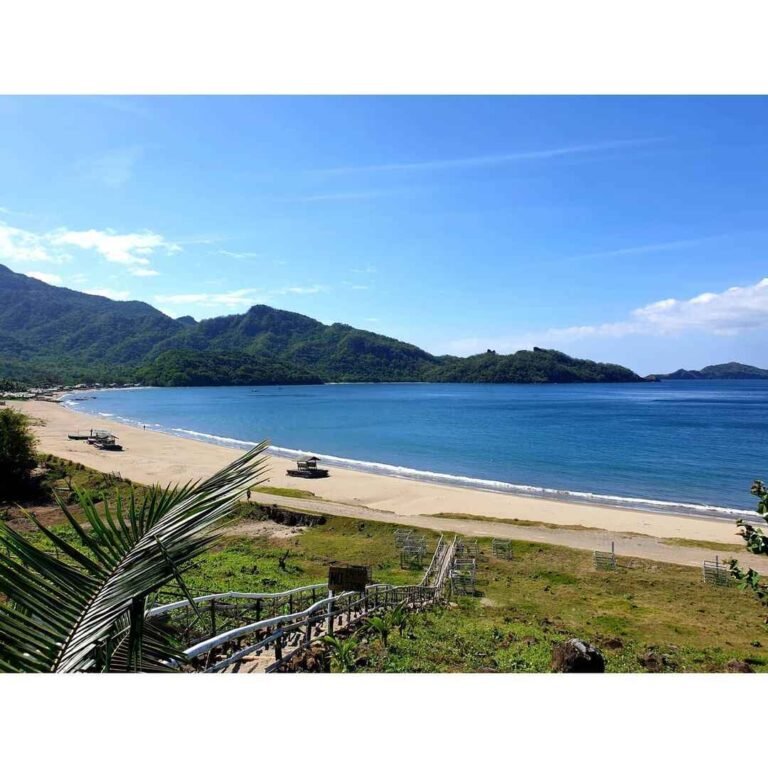
Sabang Beach Baler Aurora | The Ultimate DIY Travel Guide

Ultimate Guide to Circus Music Festival 6 2025

Visa-Free Countries for Filipinos 2025 | Ultimate Visa Guide
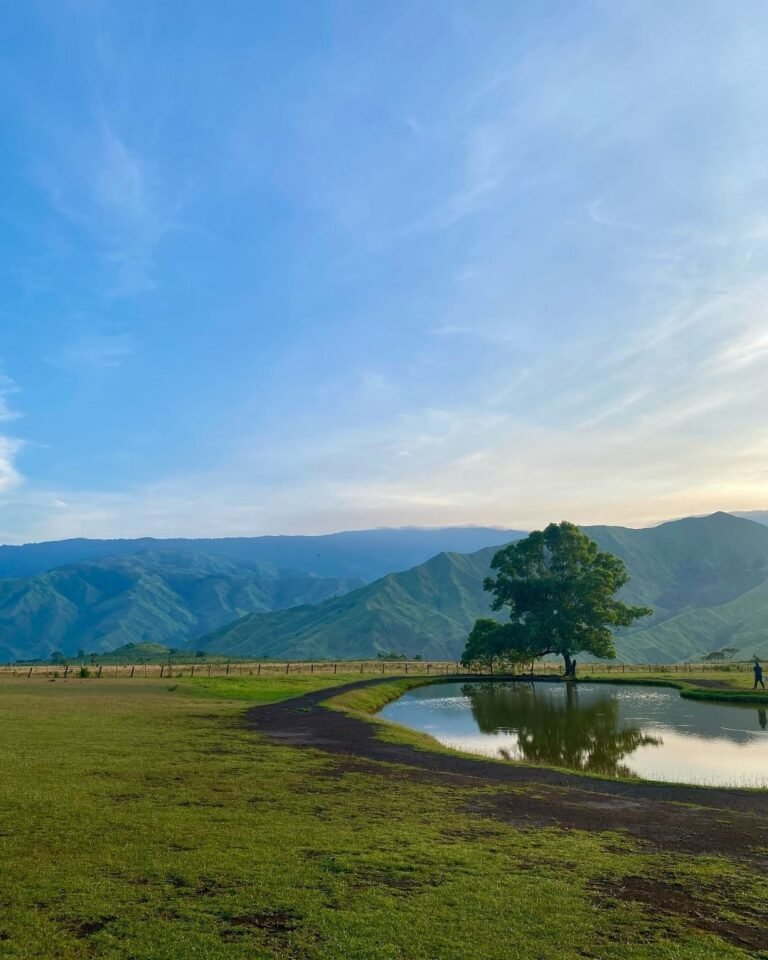
The Ultimate Guide to Bukidnon Tourist Spots 2025
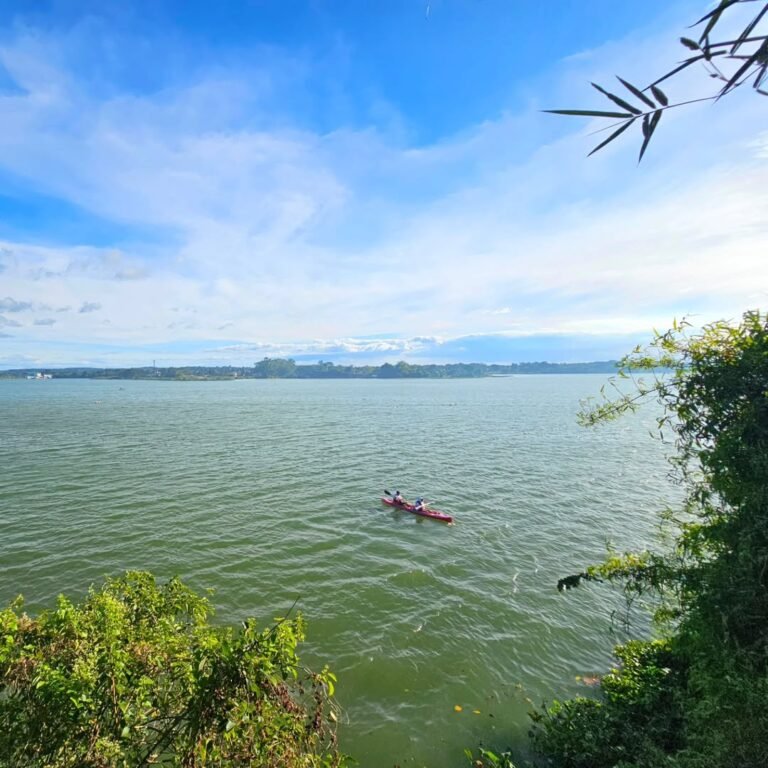
34 Must-Visit Bulacan Tourist Spots | Ultimate Travel Guide
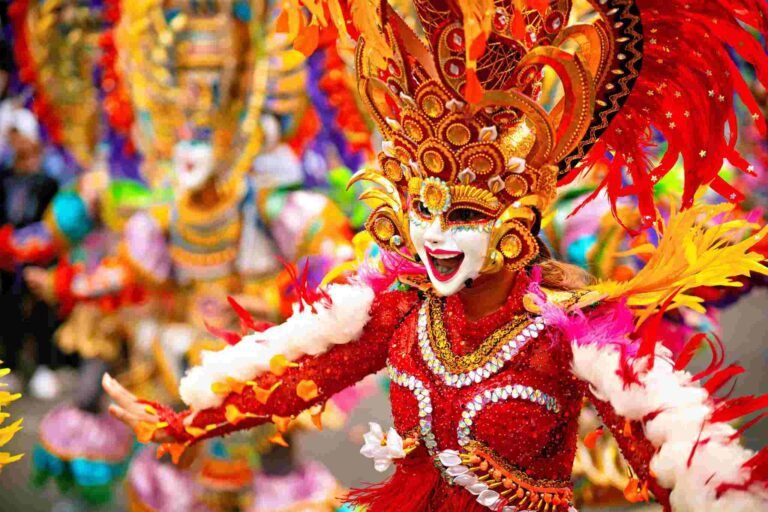
Ultimate Guide to Masskara Festival 2025 in Bacolod City

Top 10 Tourist Destination in Cebu | Ultimate Guide 2025
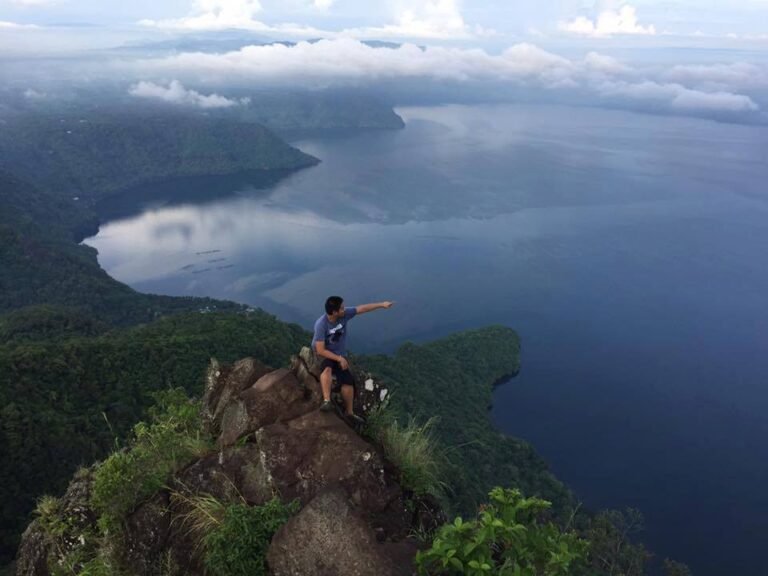
36 Must-Visit Batangas Tourist Spots 2025 | Ultimate Guide
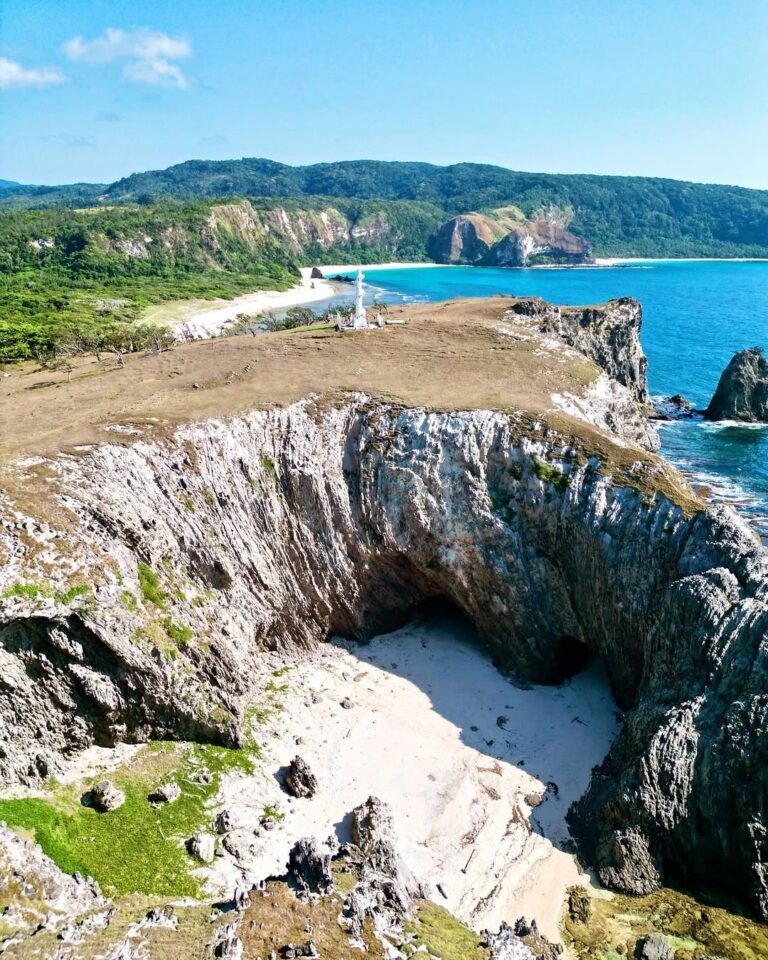
Babuyan Island Ultimate Travel Guide 2025 | All You Need to Know

Ultimate Guide to Calle Crisologo in Vigan City 2025
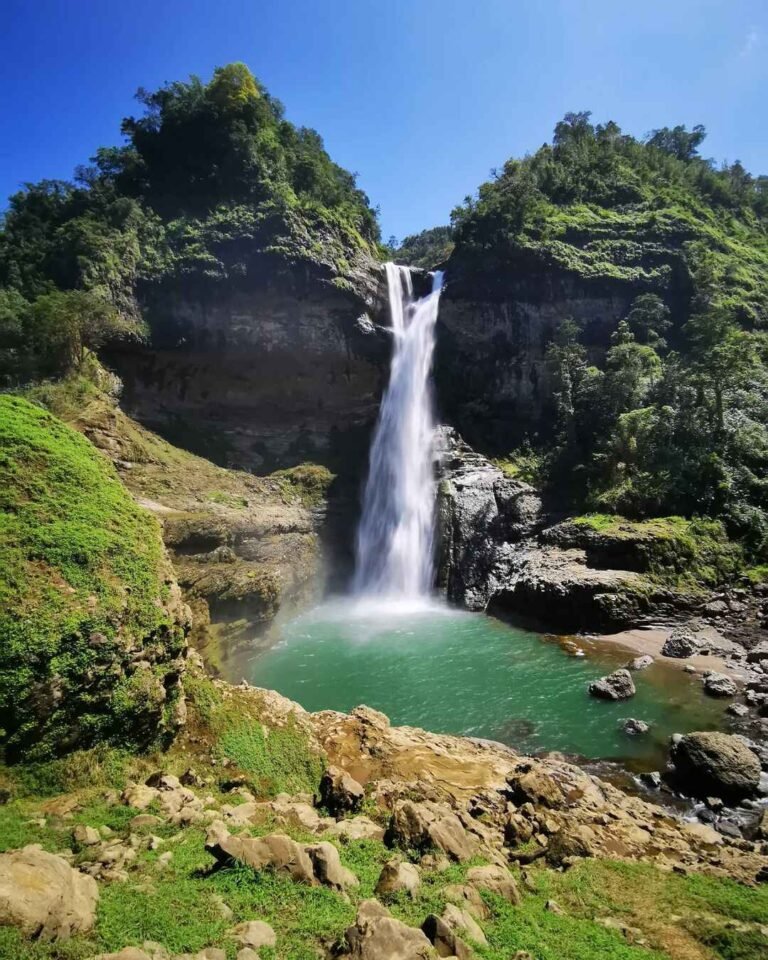
Aw-Asen falls in Sigay, Ilocos Sur | Ultimate DIY Travel Guide

Ultimate Guide to Dreamplay City of Dreams Manila 2025
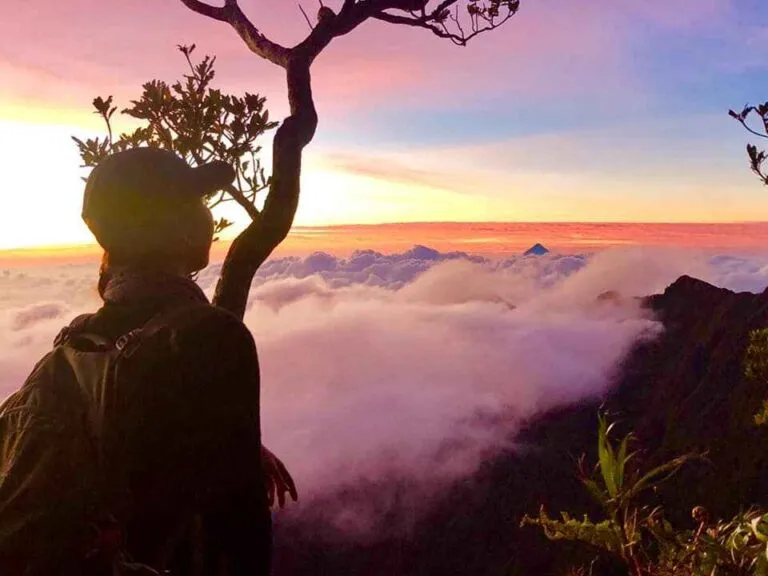
Exploring Mount Isarog (2D1N) | Panicuason trail 2024
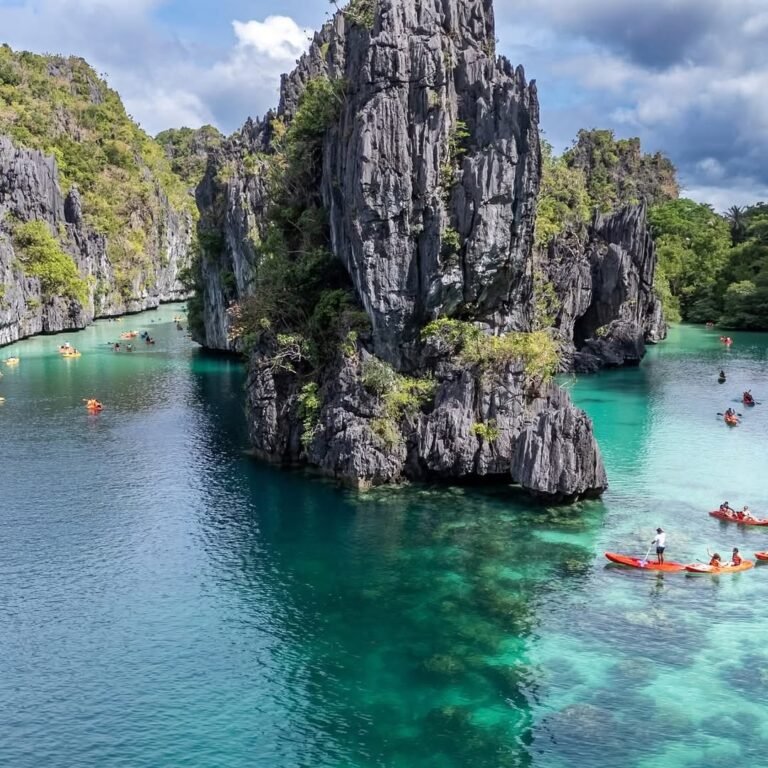
Top 20 Tourist Destination in The Philippines 2025
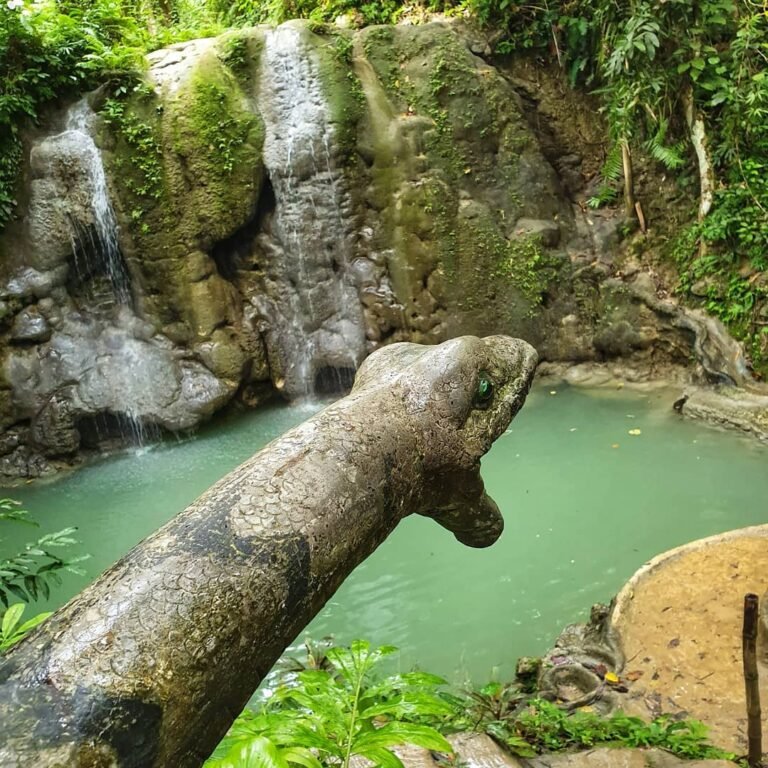
Ultimate Guide to Lugnason Falls in Siquijor 2025

Ultimate Guide to Cagbalete Island Mauban Quezon 2025

Ultimate Guide to Dinagat Island in Surigao Del Norte 2025

Mount Arayat in Pampanga | Ultimate DIY Travel Guide
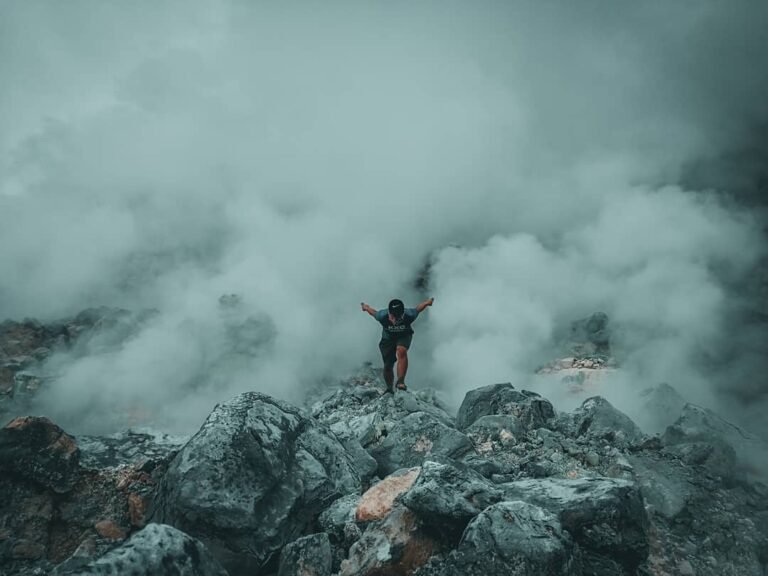
Mount Cagua in Gonzaga Cagayan | Ultimate DIY Travel Guide
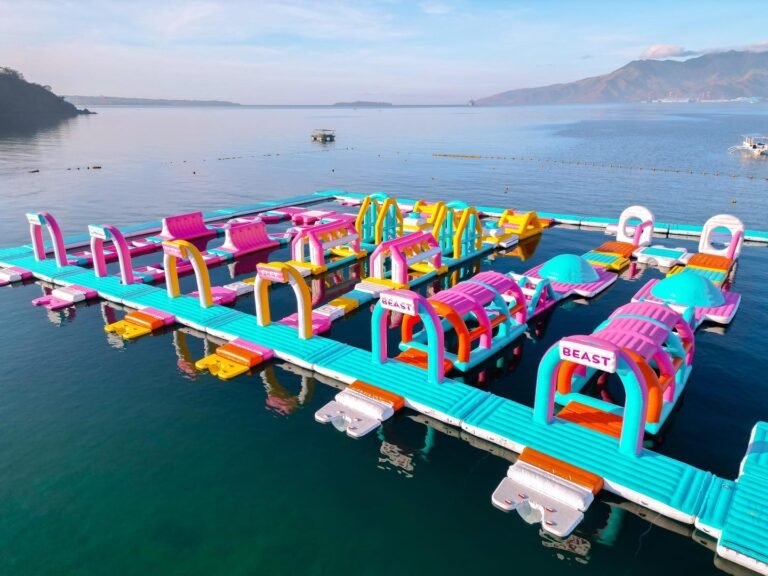
Ultimate Guide to Inflatable Island Subic PH 2025
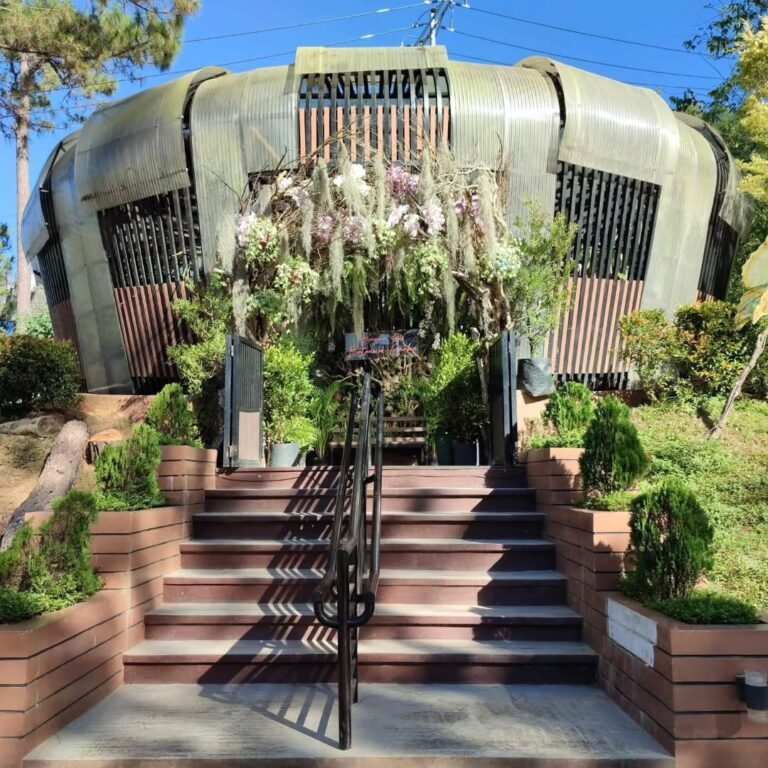
Ultimate Travel Guide to Botanical Garden in Baguio City
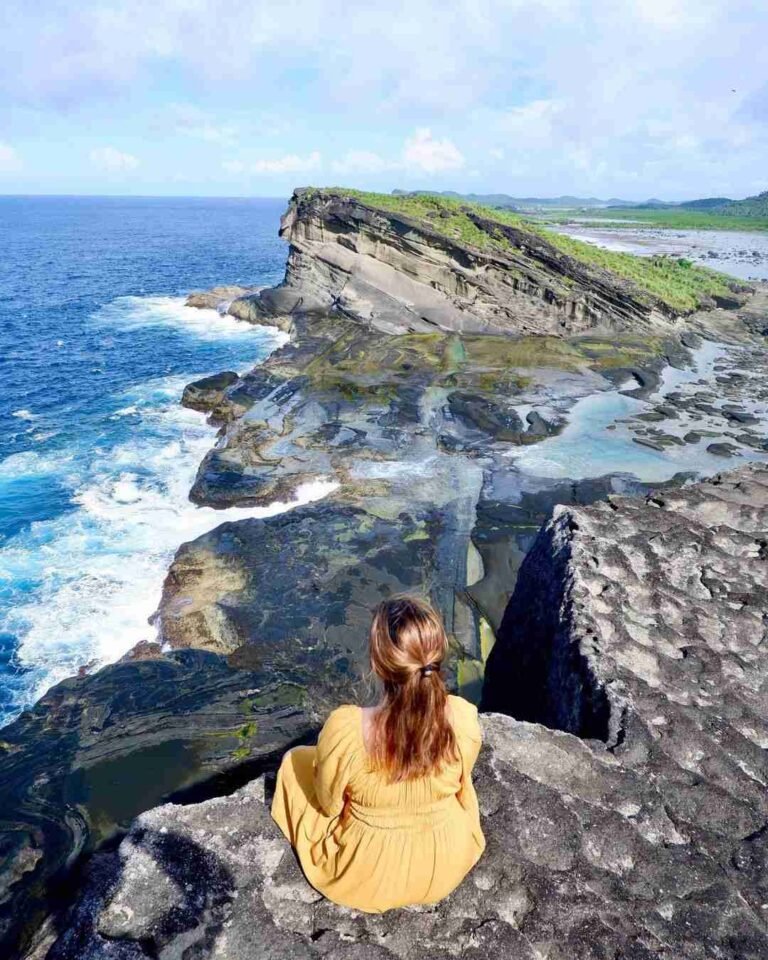
Exploring Biri Island Rock Formation in Northern Samar, Philippines
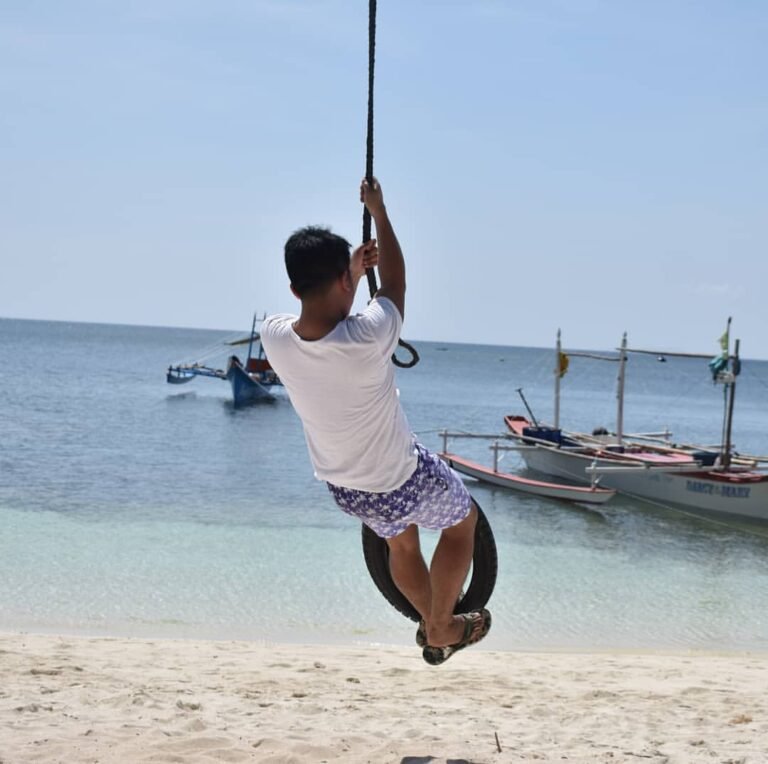
Things To Do In Siquijor | Best Tourist Spot 2024
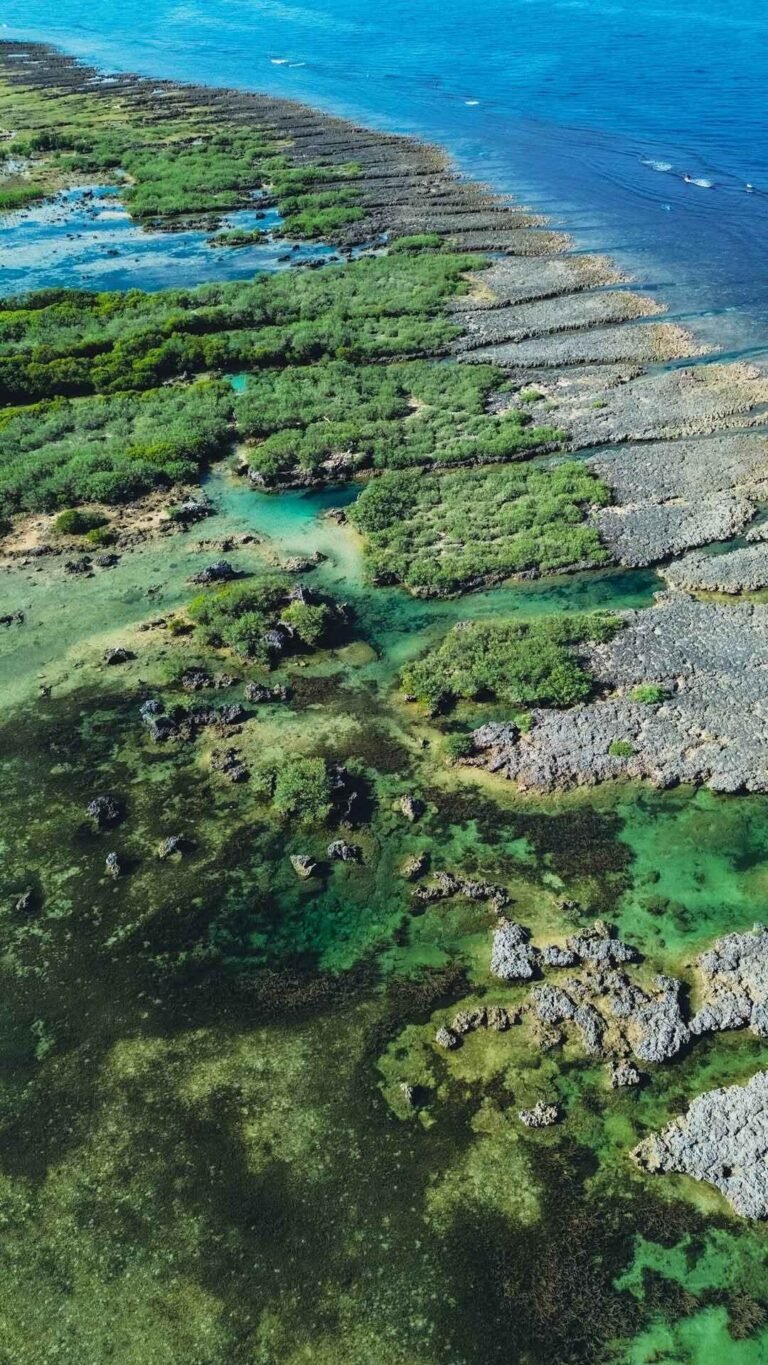
Ultimate Guide to Immuki Island in La Union 2025

Ultimate Guide to Tuna Festival 2025 in Gensan
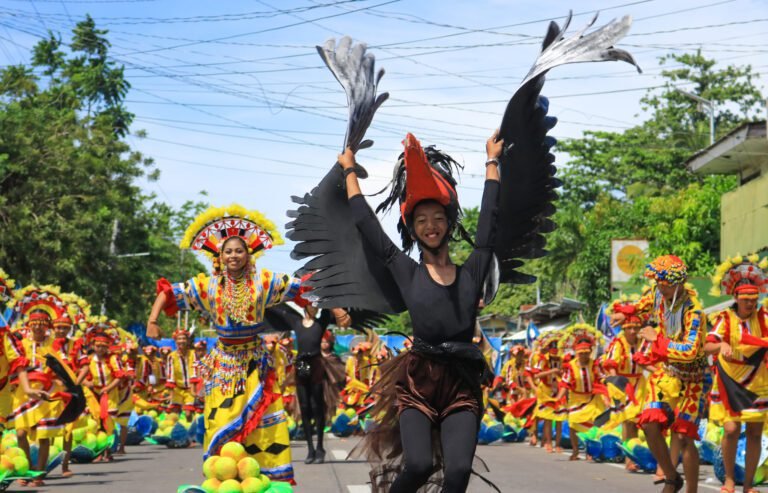
Ultimate Guide to Lanzones Festival Camiguin 2025
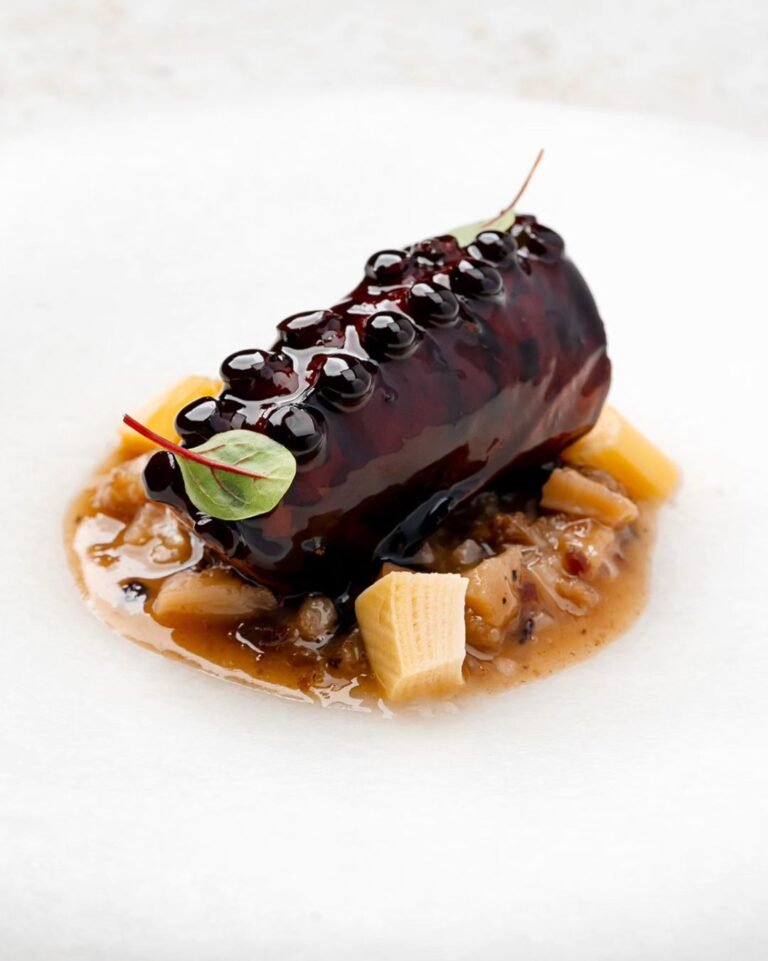
Where To Eat in BGC 2024 | Best Restaurant in BGC
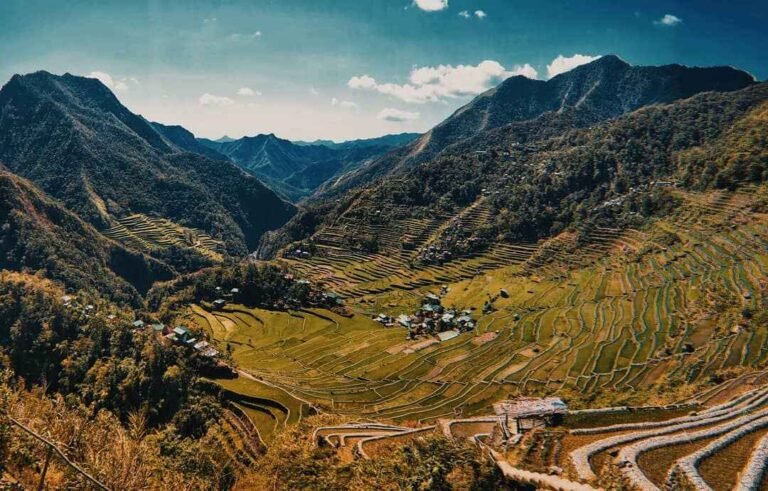
Mt Amuyao DIY Traverse (Barlig – Batad) 2d1n

Ultimate Guide to Palaui Island in Santa Ana Cagayan 2025
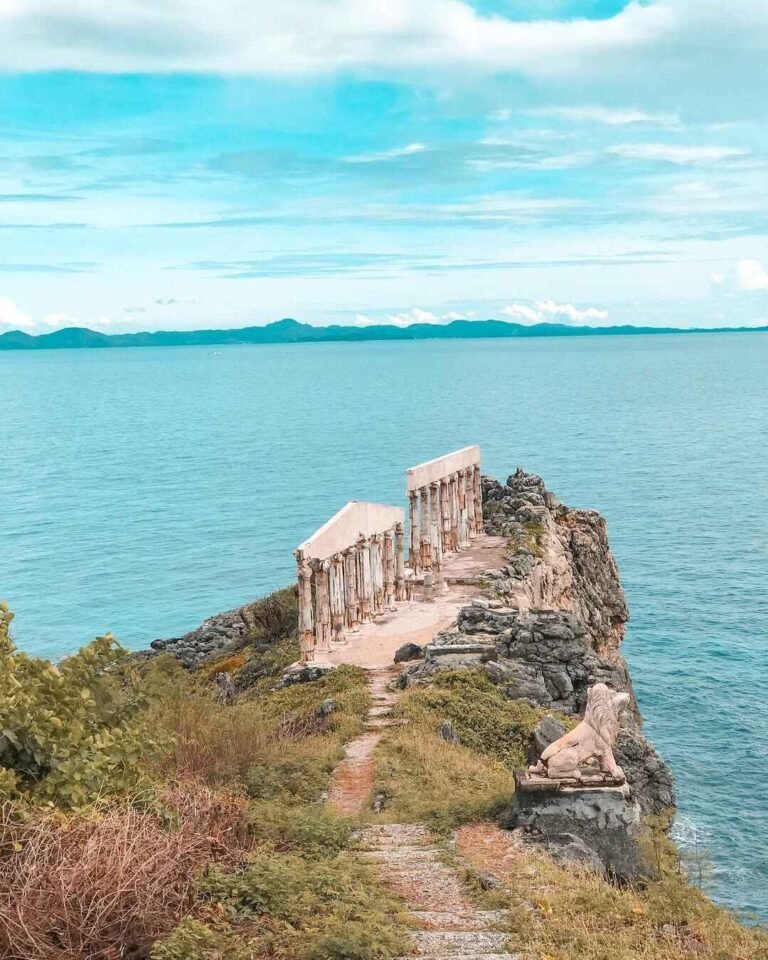
Ultimate Guide to Fortune Island in Batangas 2025

Ultimate Guide to Cambugahay Falls Siquijor 2025
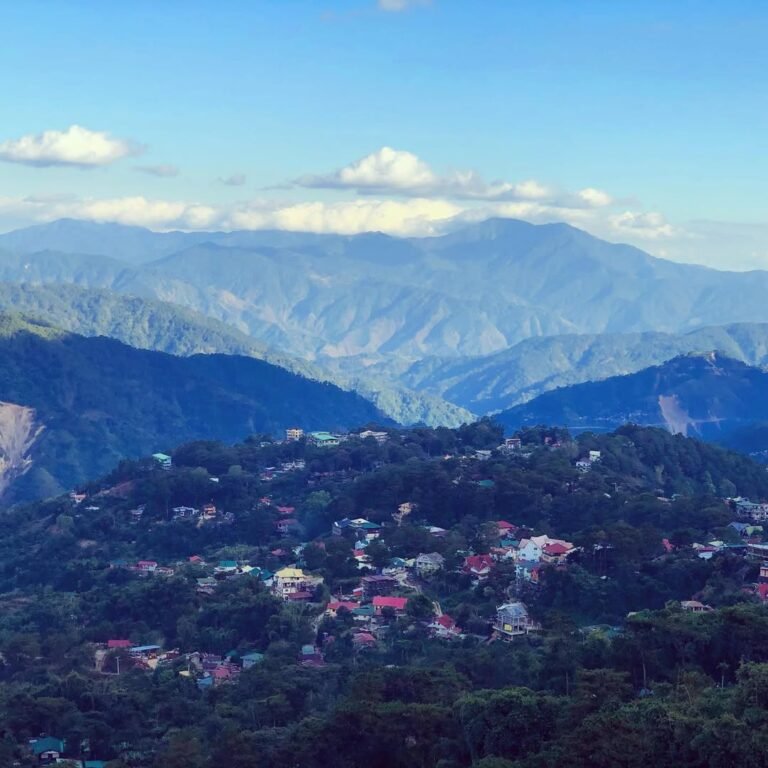
Ultimate Guide to Mines View Park Baguio 2025
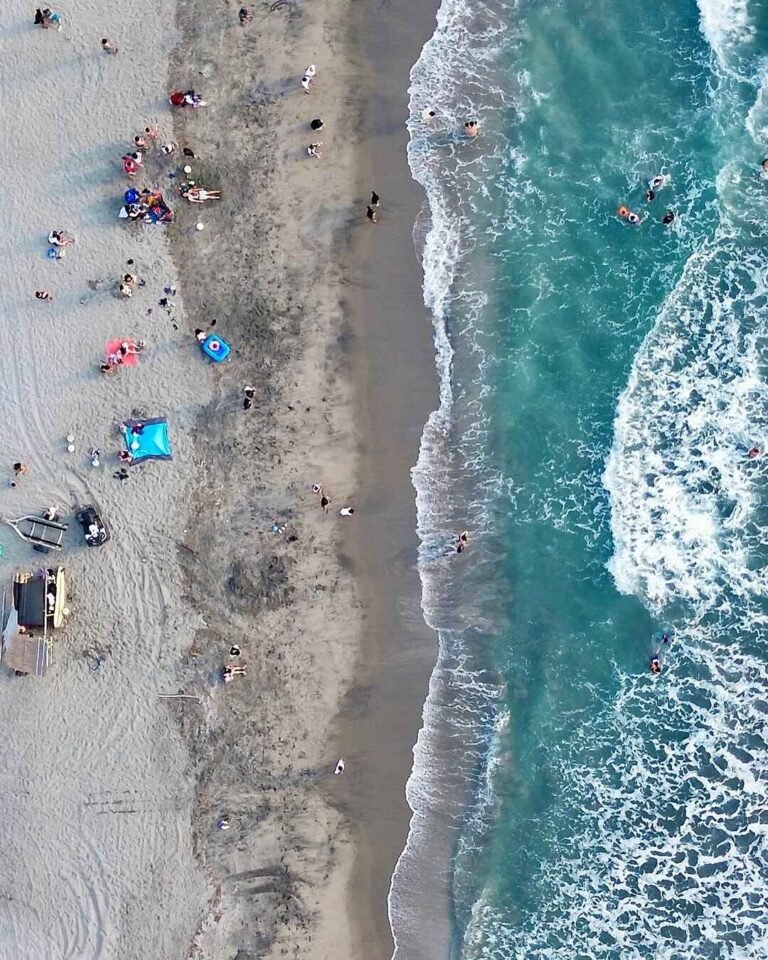
10 Must-Visit Zambales Beach 2025 | Ultimate Guide
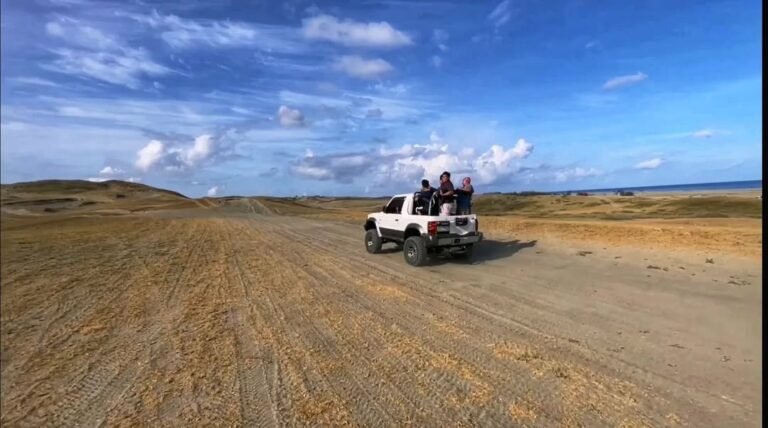
Ultimate Guide to Paoay Sand Dunes Ilocos Norte 2025
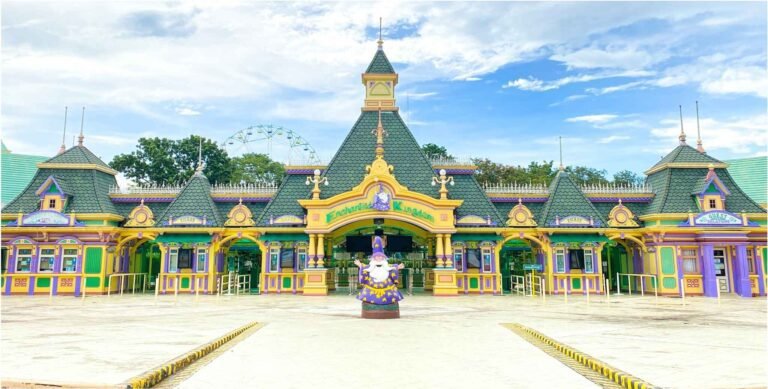
Ultimate Guide to Enchanted Kingdom in Laguna 2025
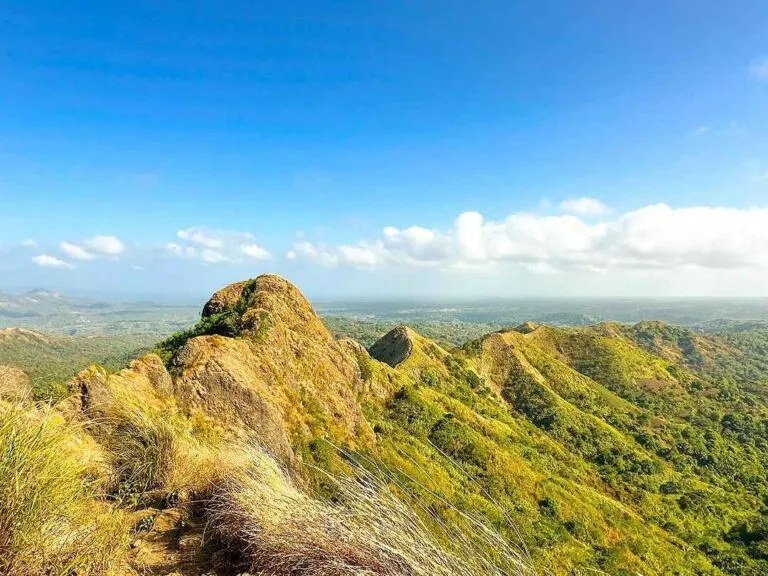
Ultimate Guide to MT Batulao in Batangas 2025
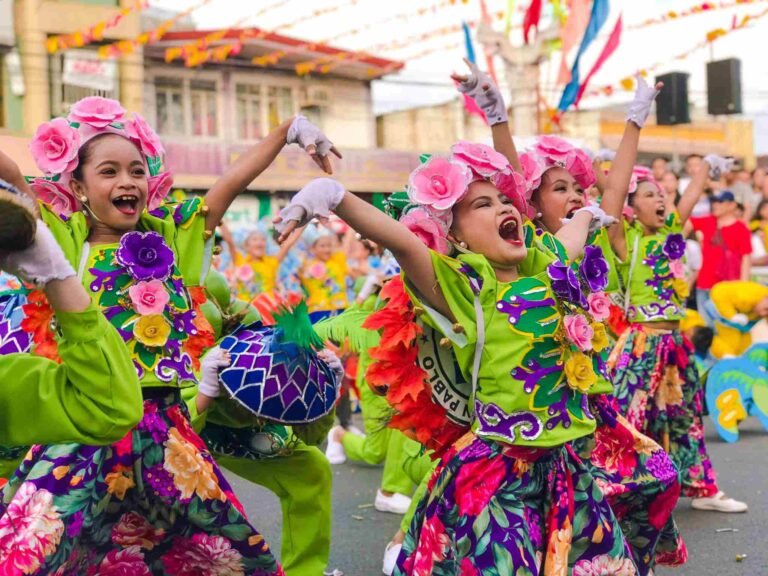
Ultimate Guide to Coconut Festival 2025 in San Pablo Laguna

Ultimate Guide to Sandugo Festival in Bohol 2025
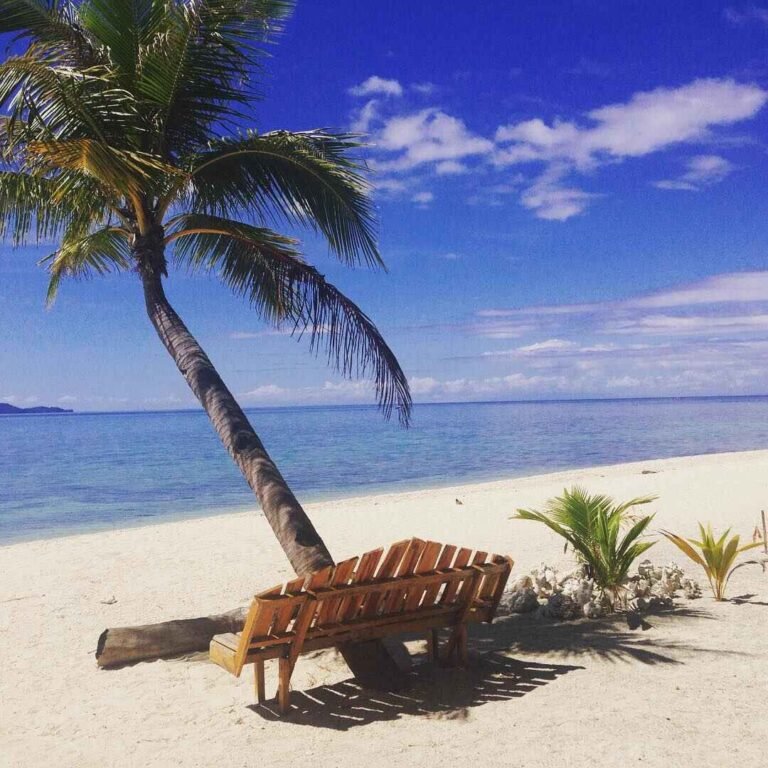
Top 8 Marinduque Tourist Spot 2025 | Ultimate Guide
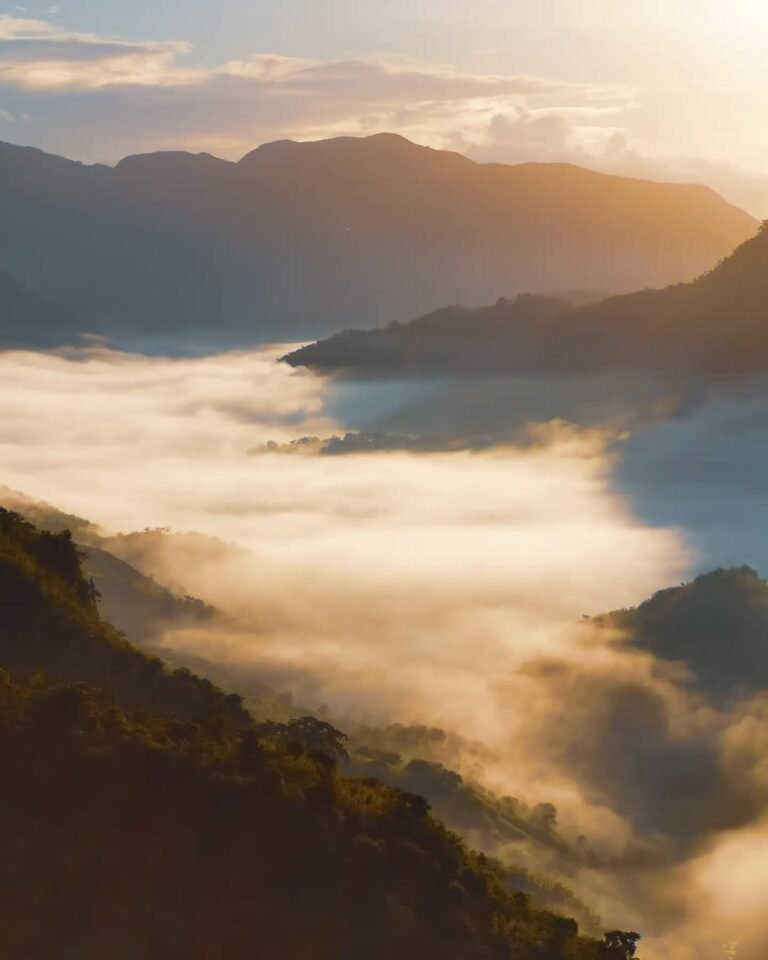
Ultimate DIY Guide to Treasure Mountain in Tanay Rizal 2025

Best Travel Insurance Philippines for 2025

Ultimate Guide to Pinto Art Museum in Antipolo 2025

Step-by-Step Company Formation for Travel Entrepreneurs
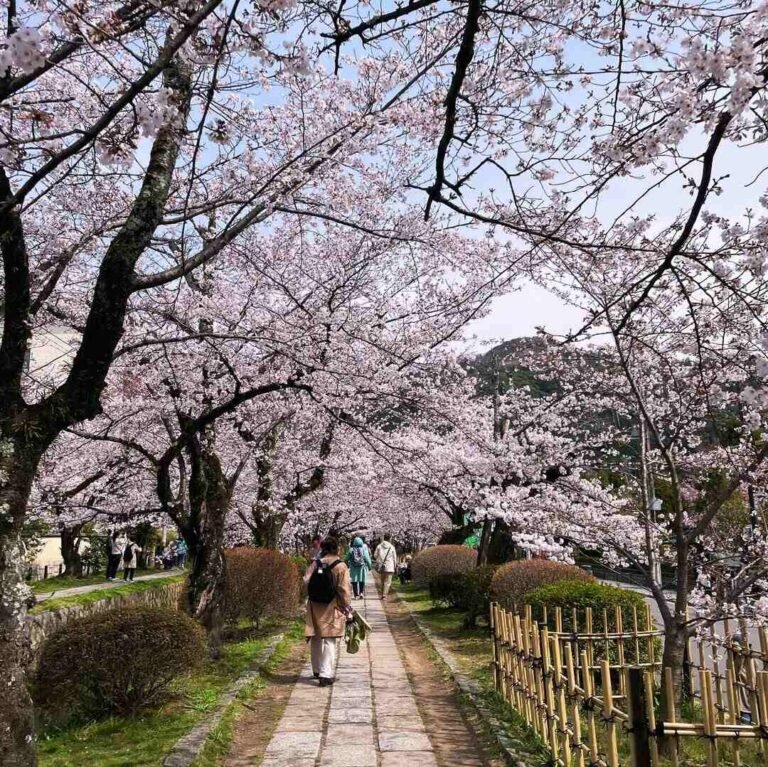
Ultimate Guide to the 10 Best Places to Visit in Spring

Ultimate Travel Guide to San Juan La Union 2025
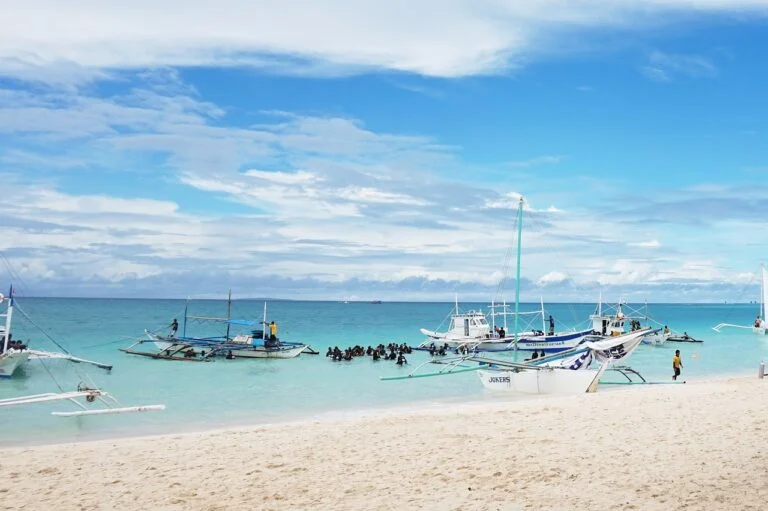
Best Boracay Island Hopping Tour Itinerary And Rates
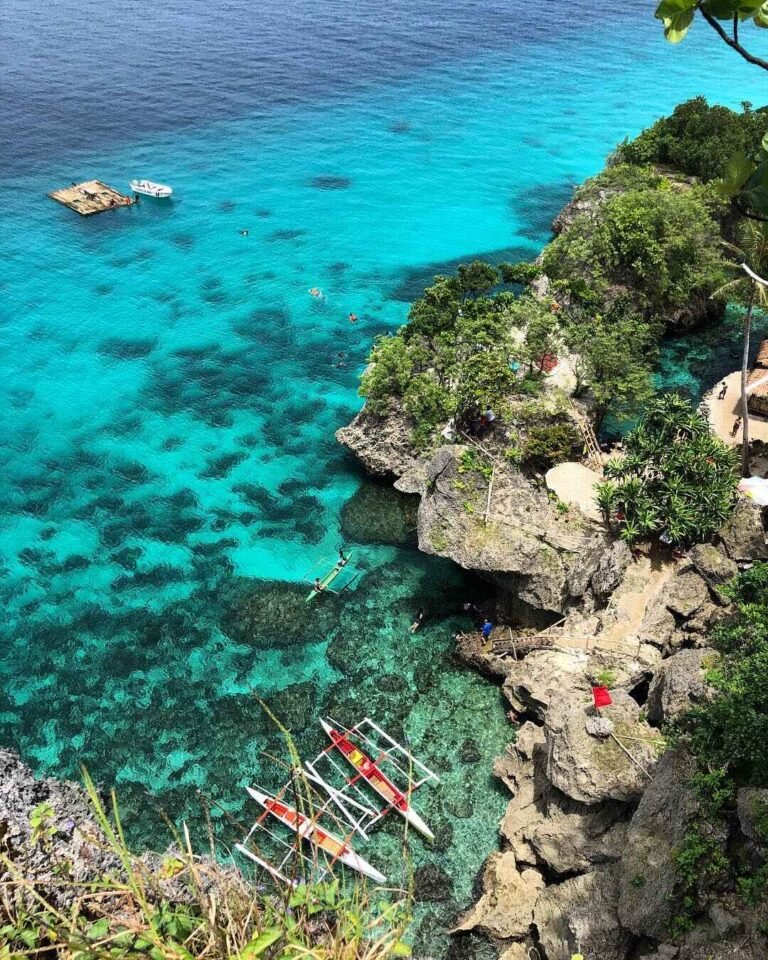
Limasawa Island in Leyte | Ultimate DIY Travel Guide 2025
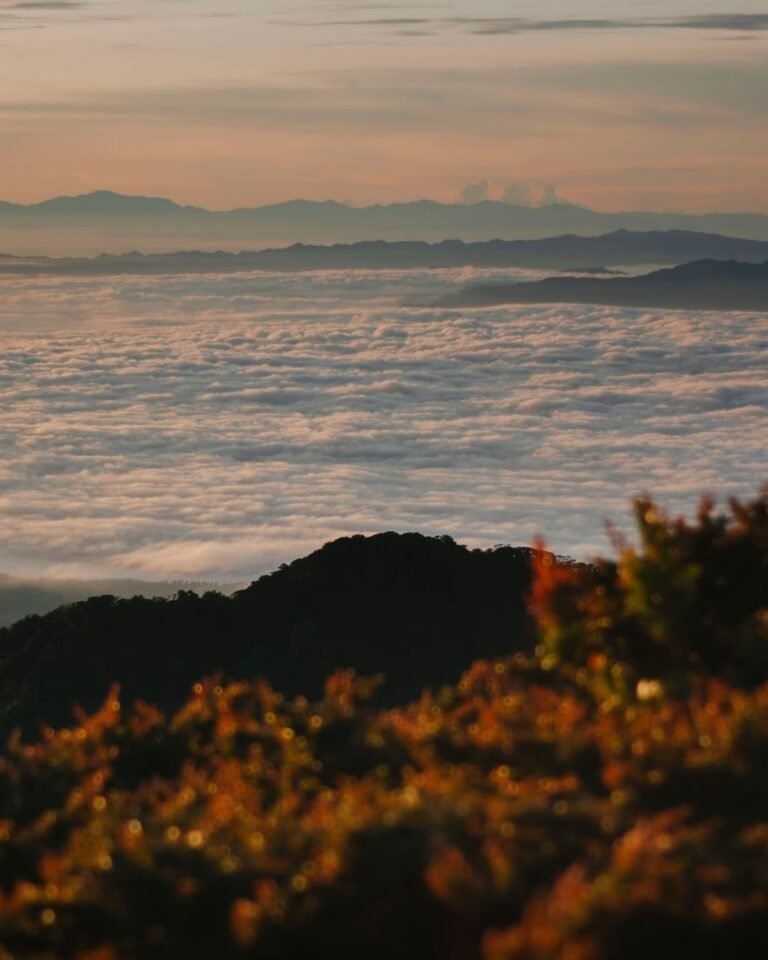
Mount Dulang-Dulang Hike | Complete Travel Guide 2024

Ultimate Guide to Rizal Park or Luneta Park in Manila 2025
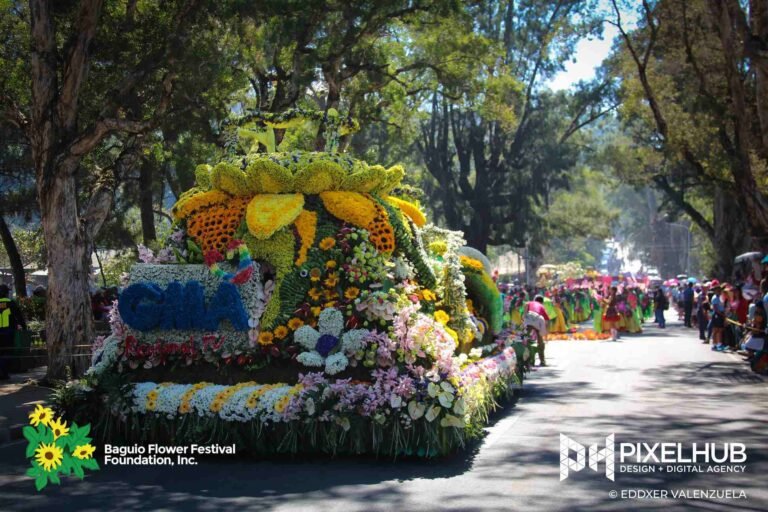
Ultimate Guide to Panagbenga Festival 2025 in Baguio City

Ultimate Guide to Dream Lab Makati | Ticket, Entrance Fee & More
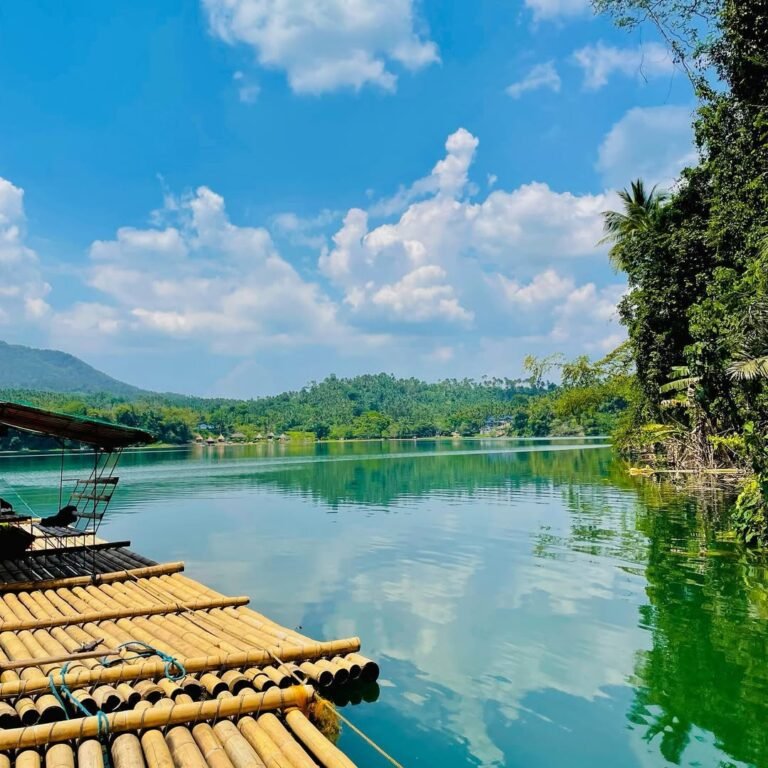
Ultimate Guide to Yambo Lake in Nagcarlan Laguna 2025

Chichirya 90’s Junk Food in the Philippines
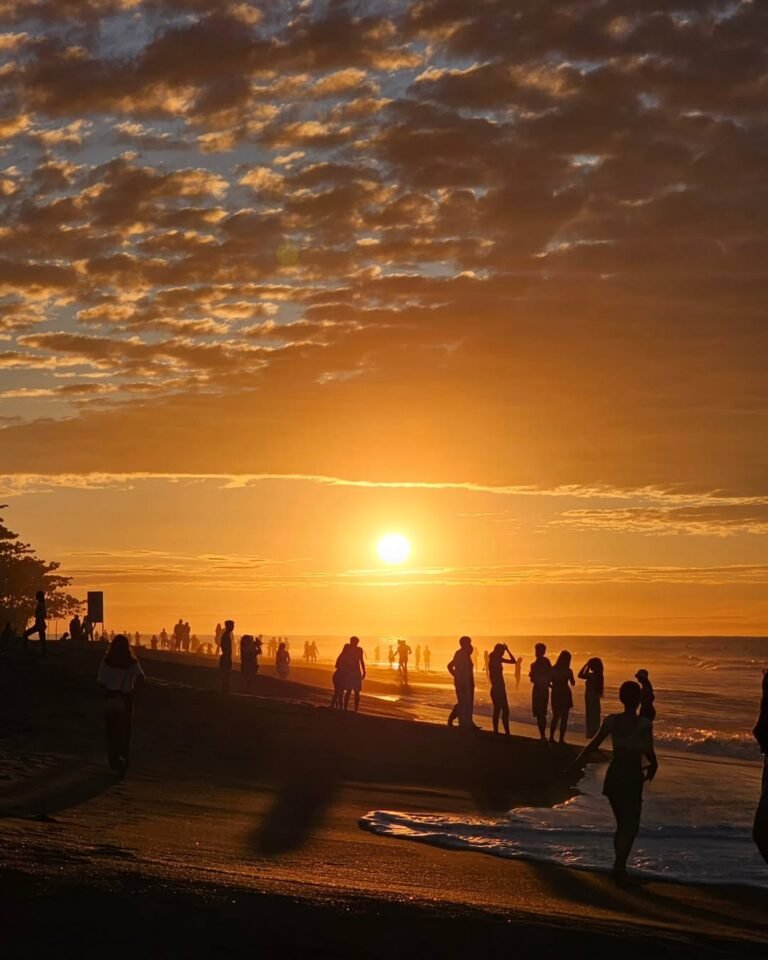
Ultimate Guide to Urbiztondo Beach in La Union (Elyu) 2025

Ultimate Guide to Peñafrancia Festival 2025 in Naga City

Ultimate Guide to Cagsawa Ruins Albay 2025
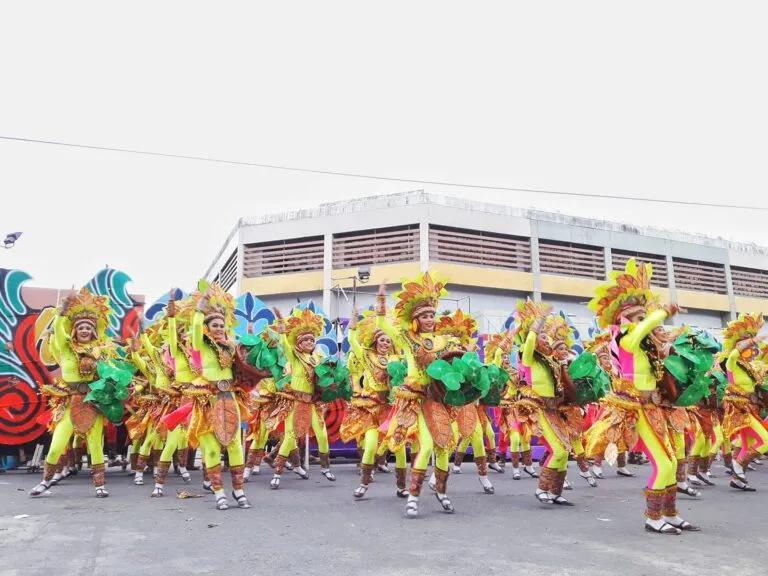
Ultimate Guide to Ibalong Festival in Legazpi City 2025
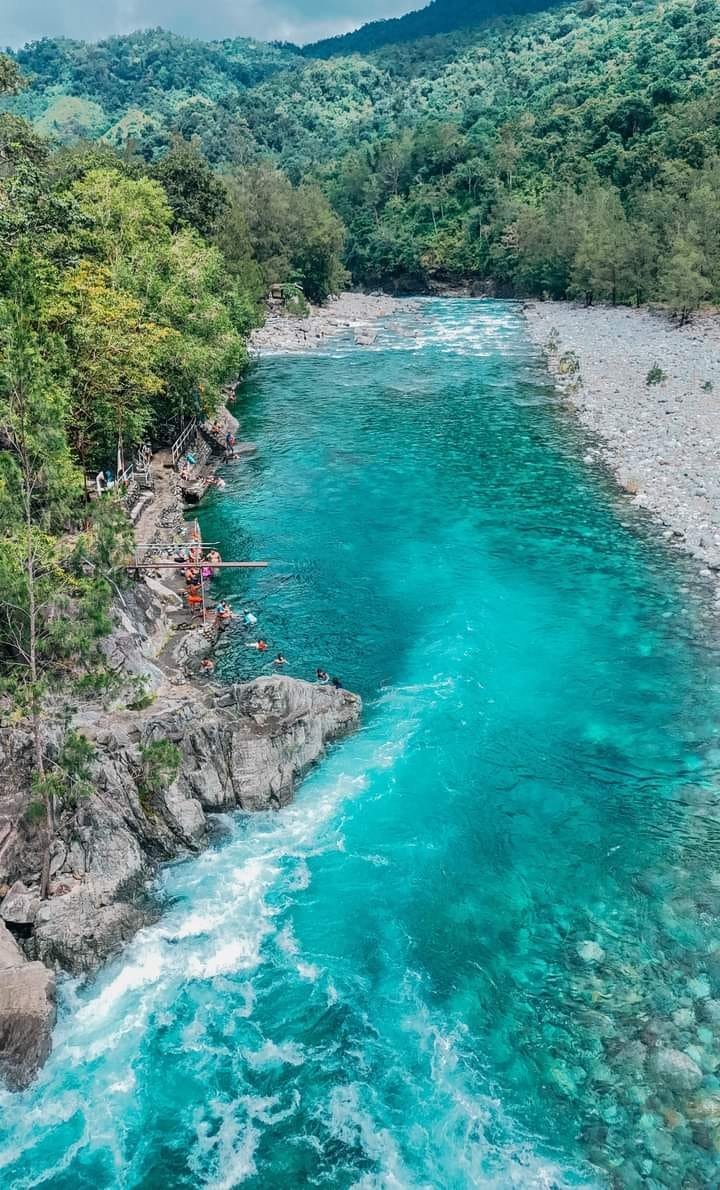
Ultimate Guide to Coto Mines Masinloc Zambales 2025
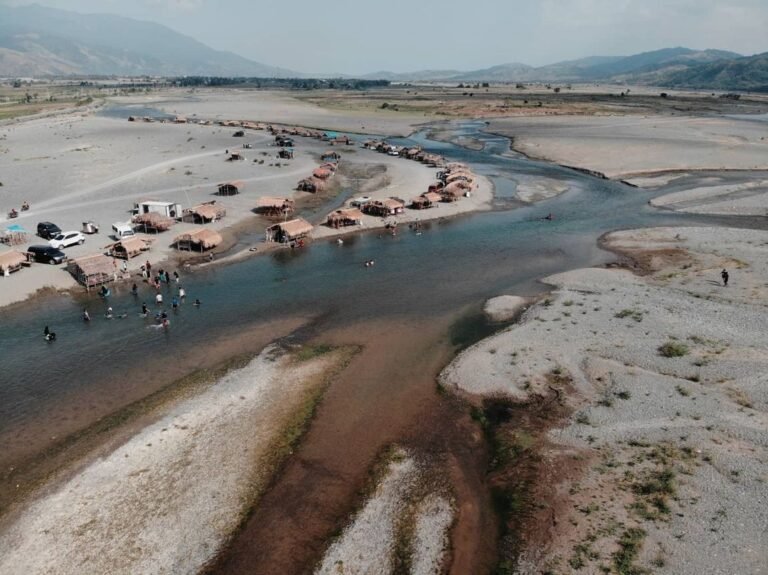
Ultimate Guide to Calabasa River in Galabdon, Nueva Ecija
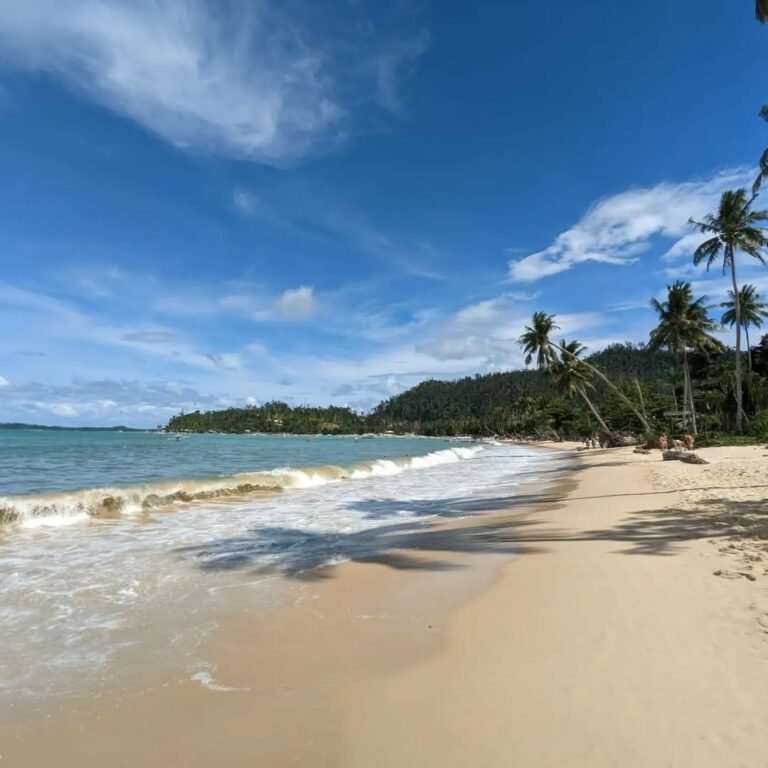
Ultimate Guide to Port Barton Beach in Palawan 2025
Stay Connected:
Subscribe to our newsletter for exclusive travel insights, deals, and updates. Join our community of travel enthusiasts and stay connected with the latest from our blog.
Follow us on social media for daily inspiration and updates on mountain climbing in the Philippines:
Contact Information:
- Email: travel.ph@lakbaypinas.com
- Phone: 09260******
- Address: Marikina




